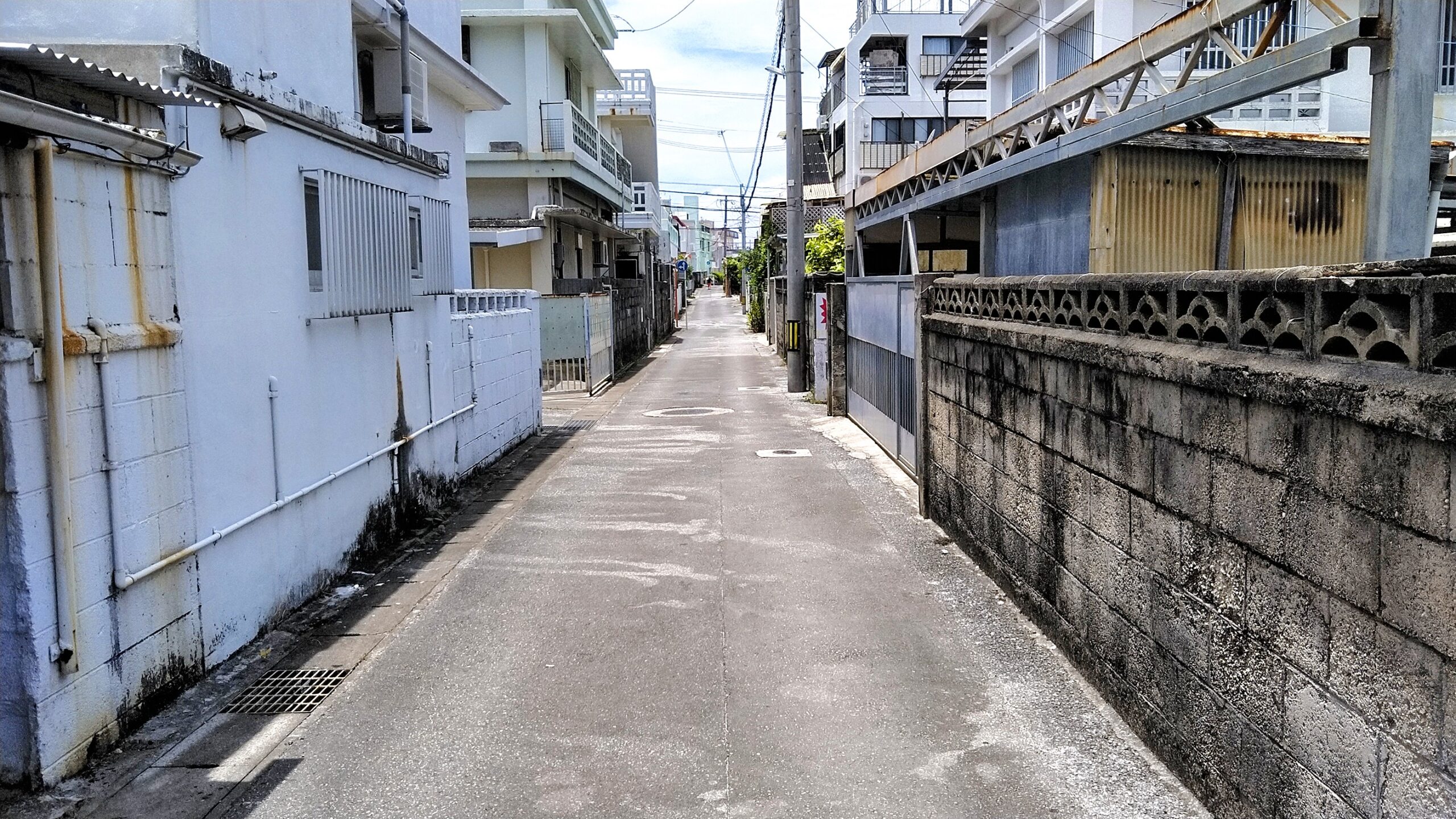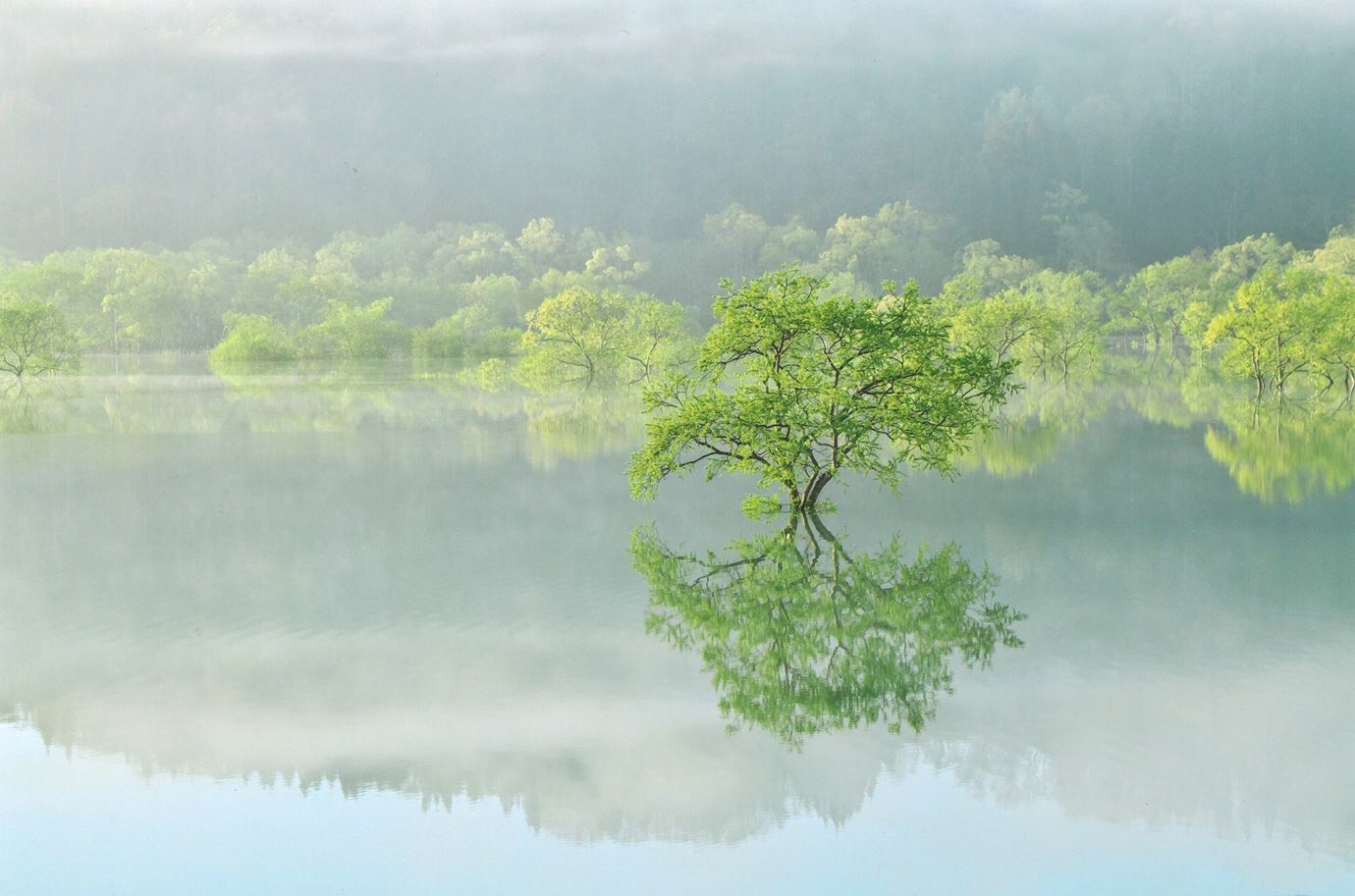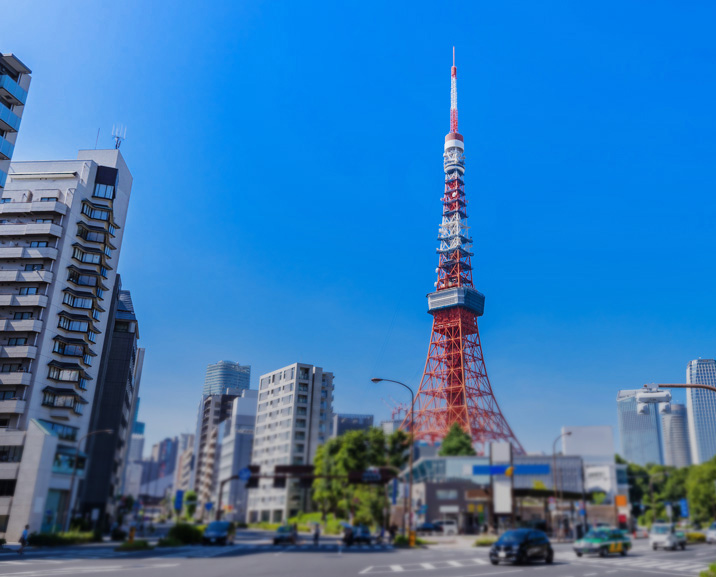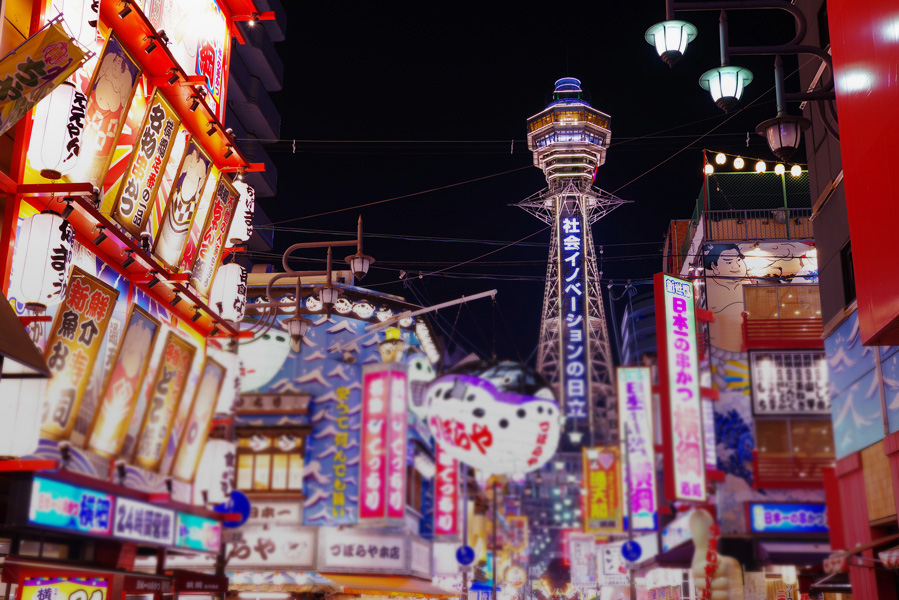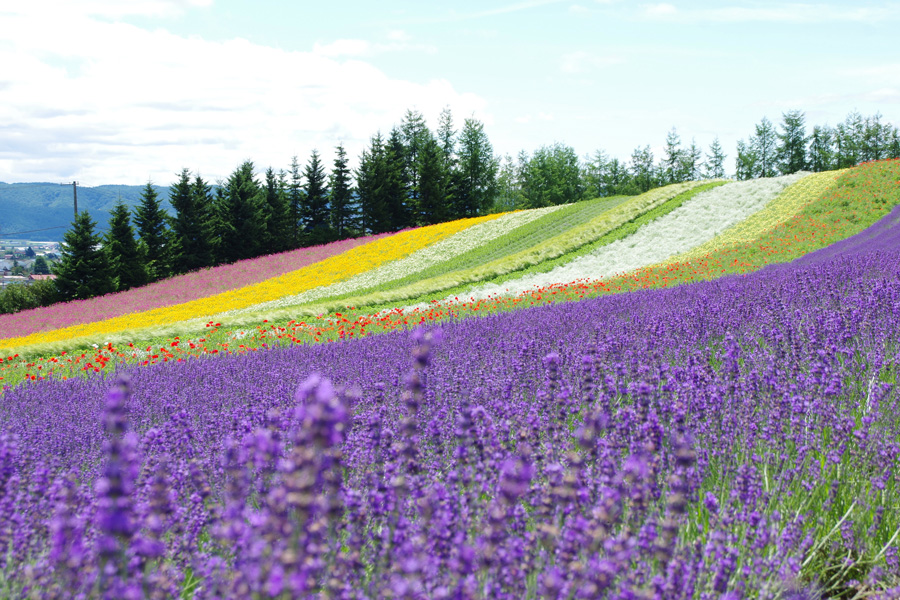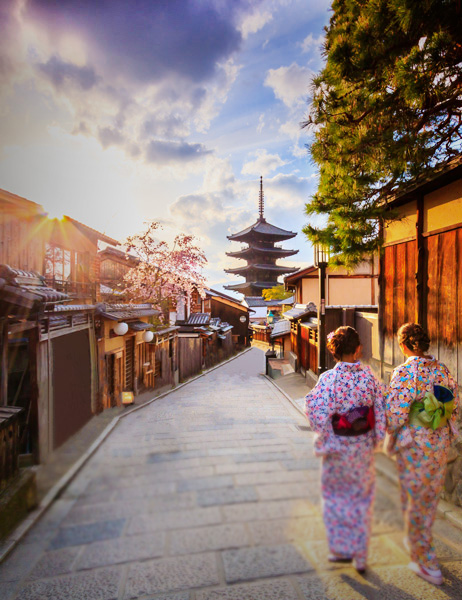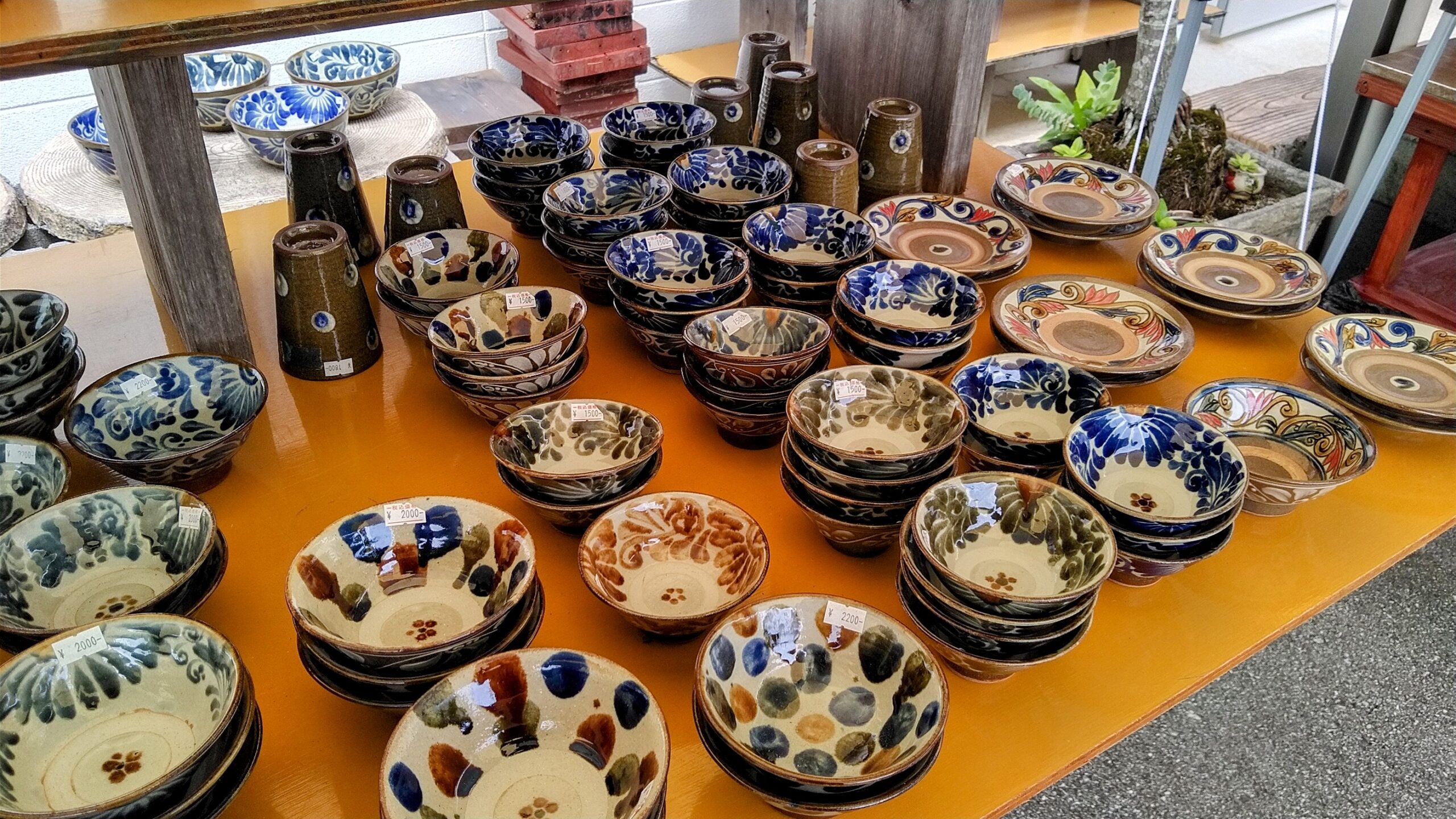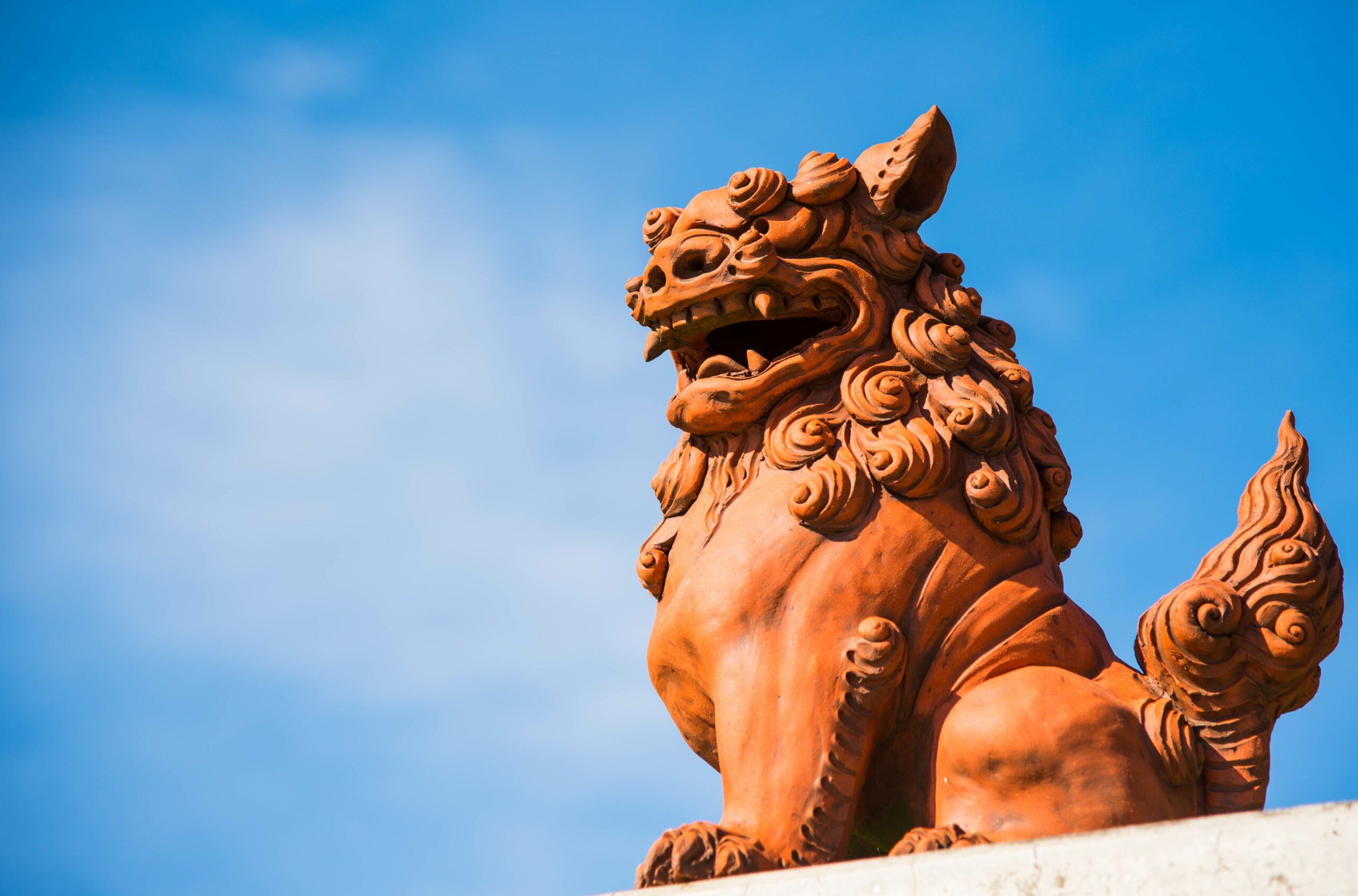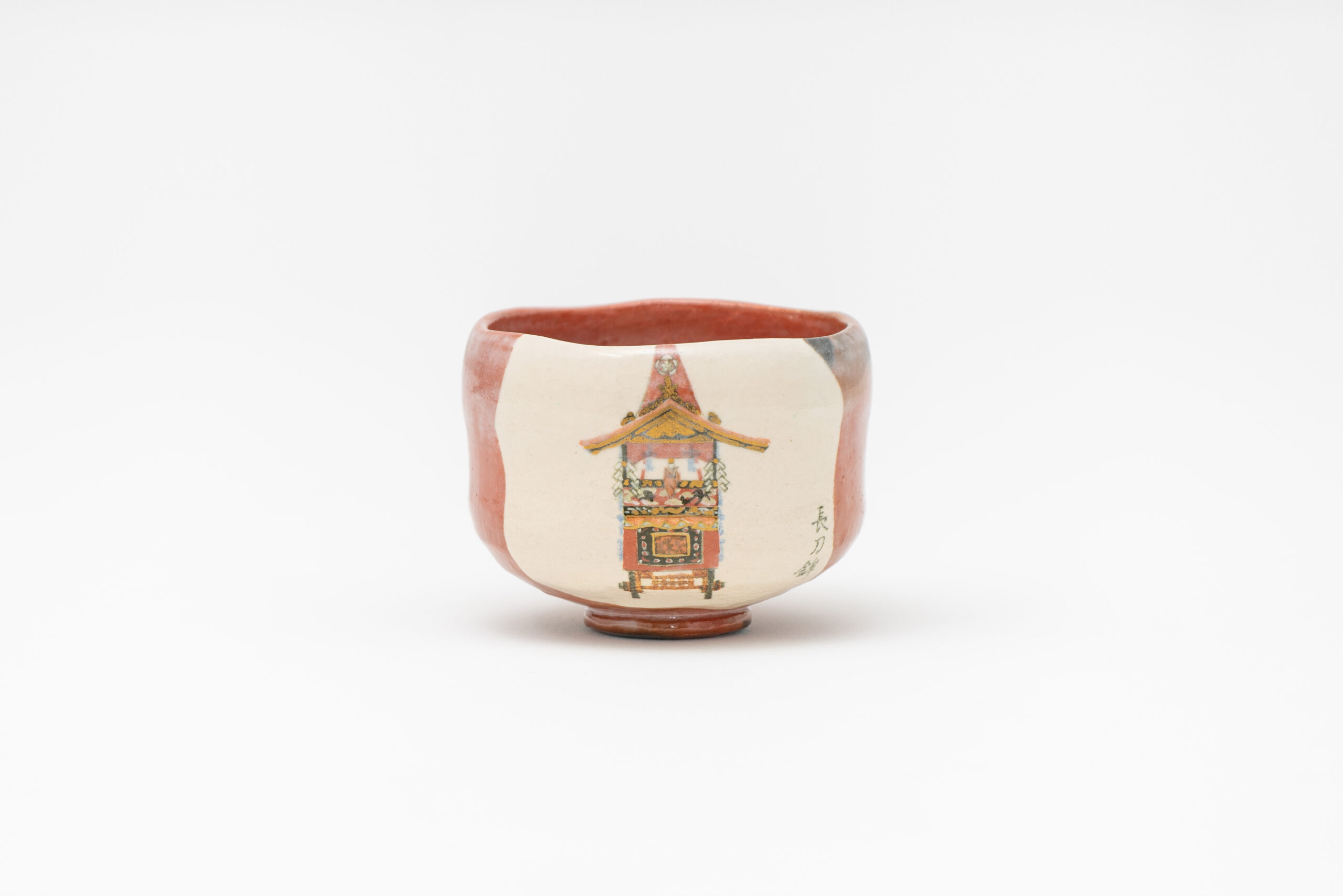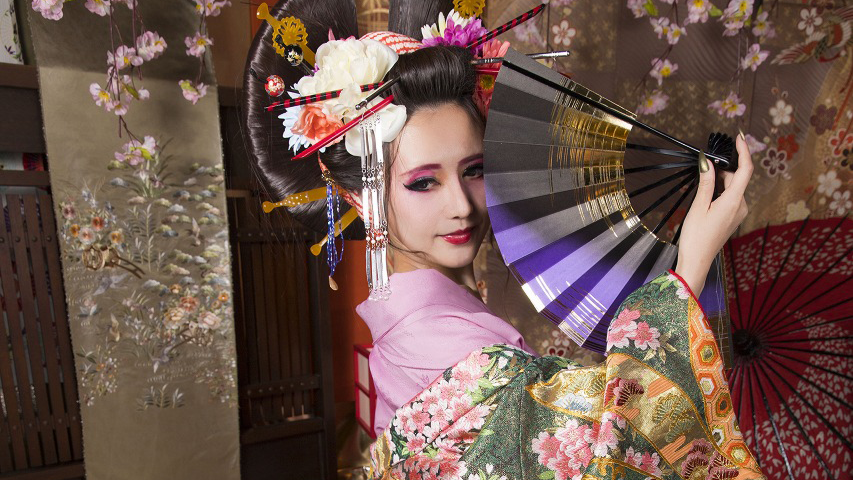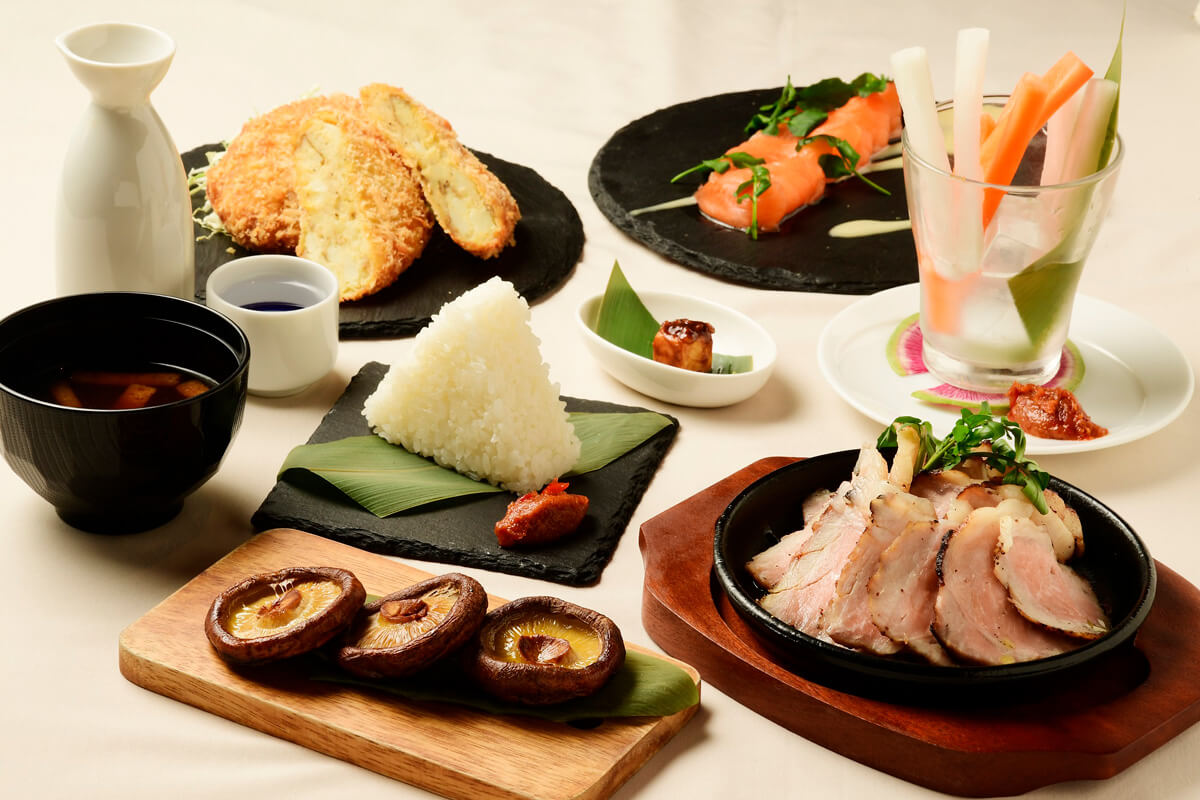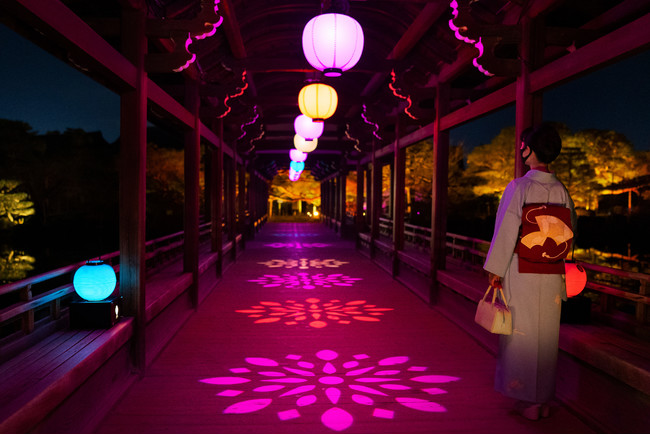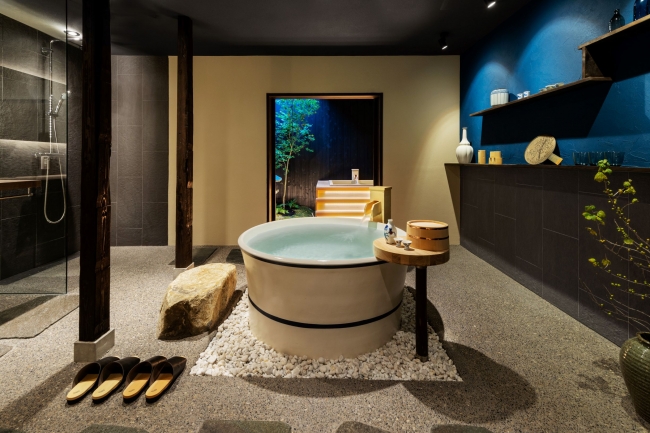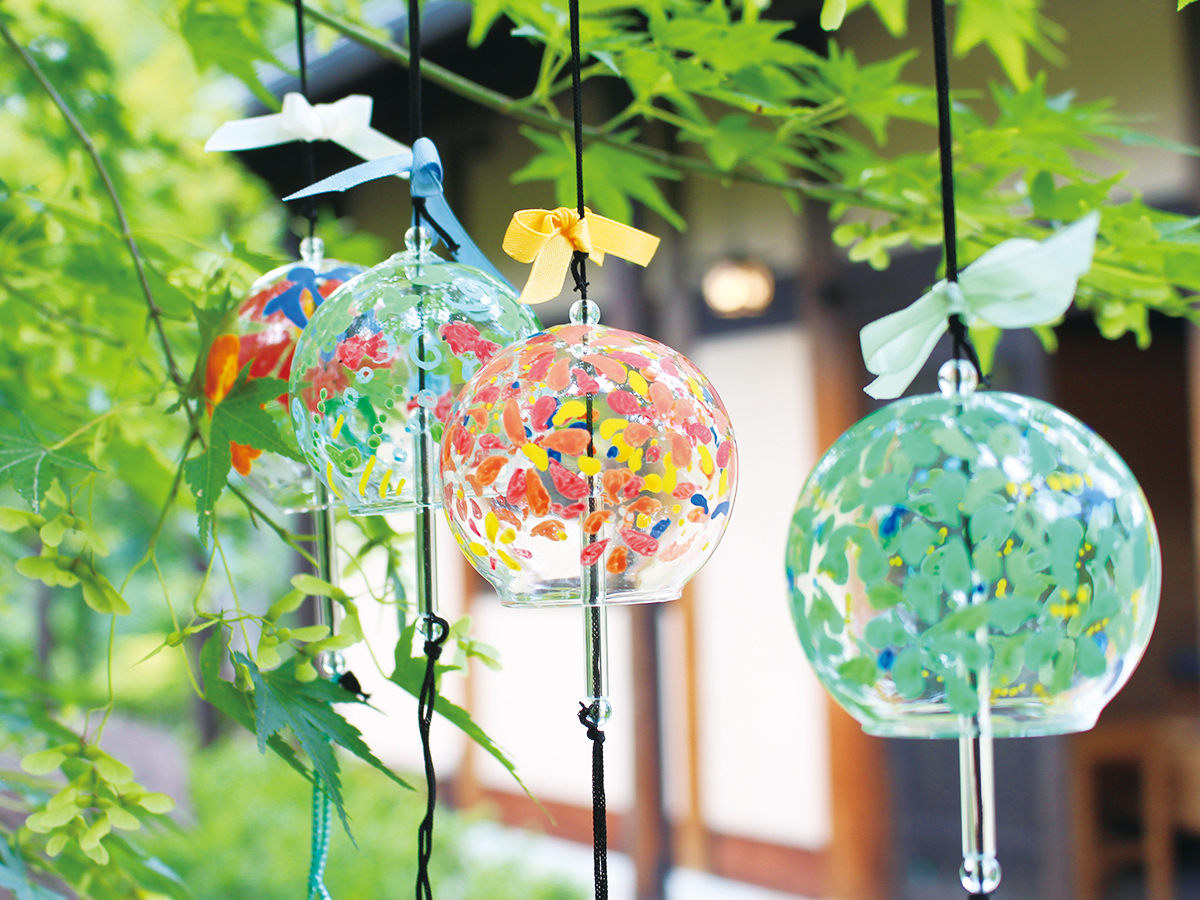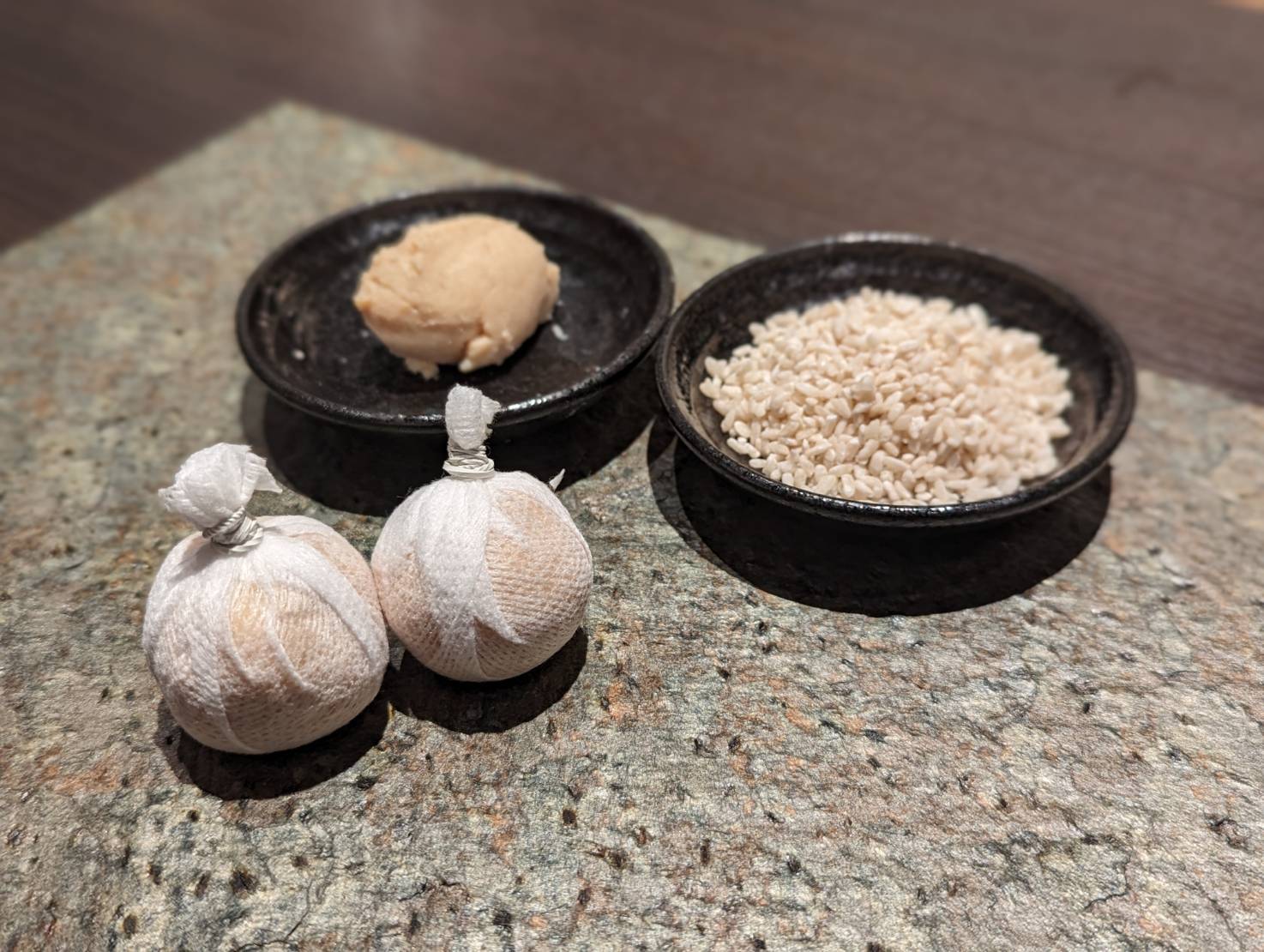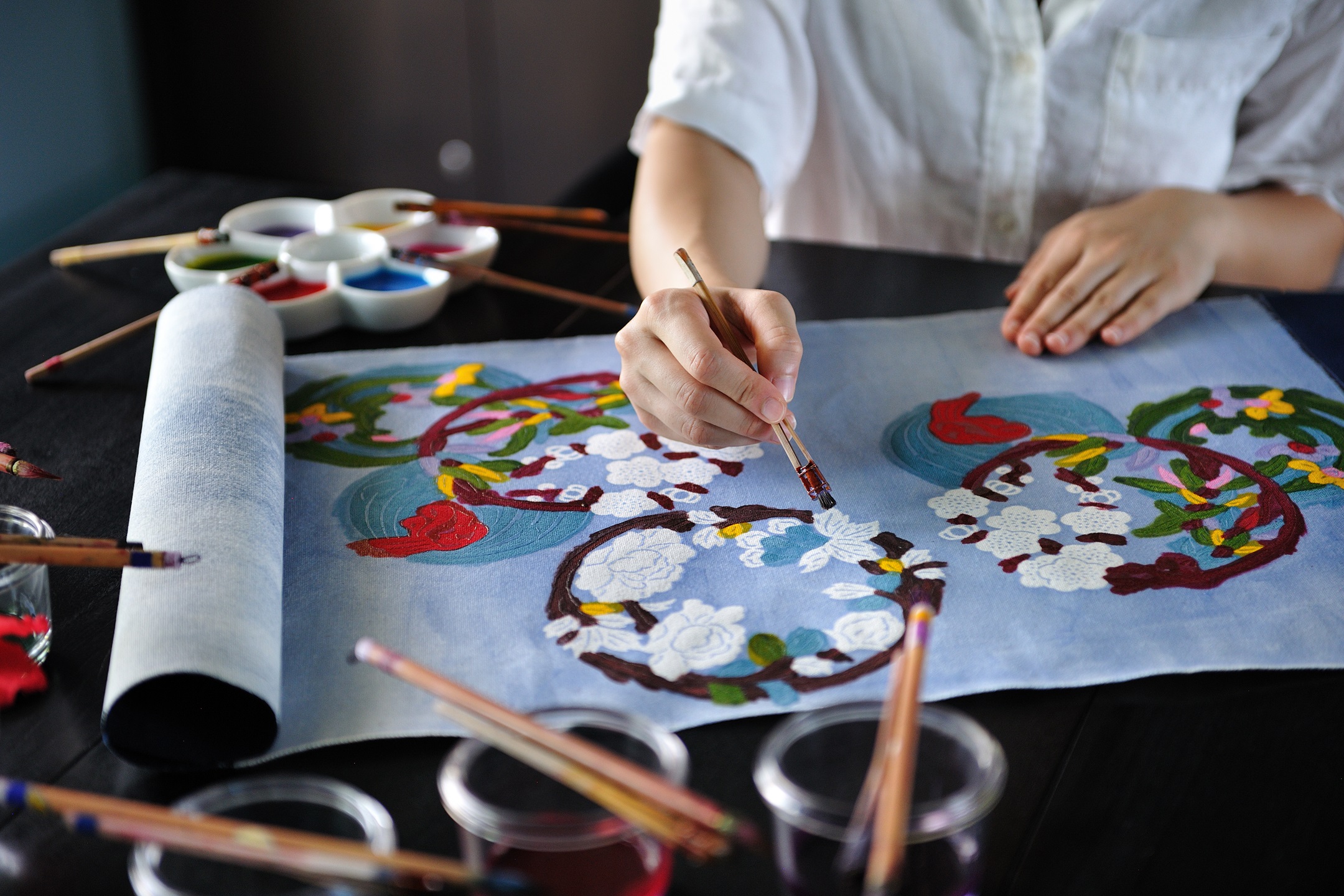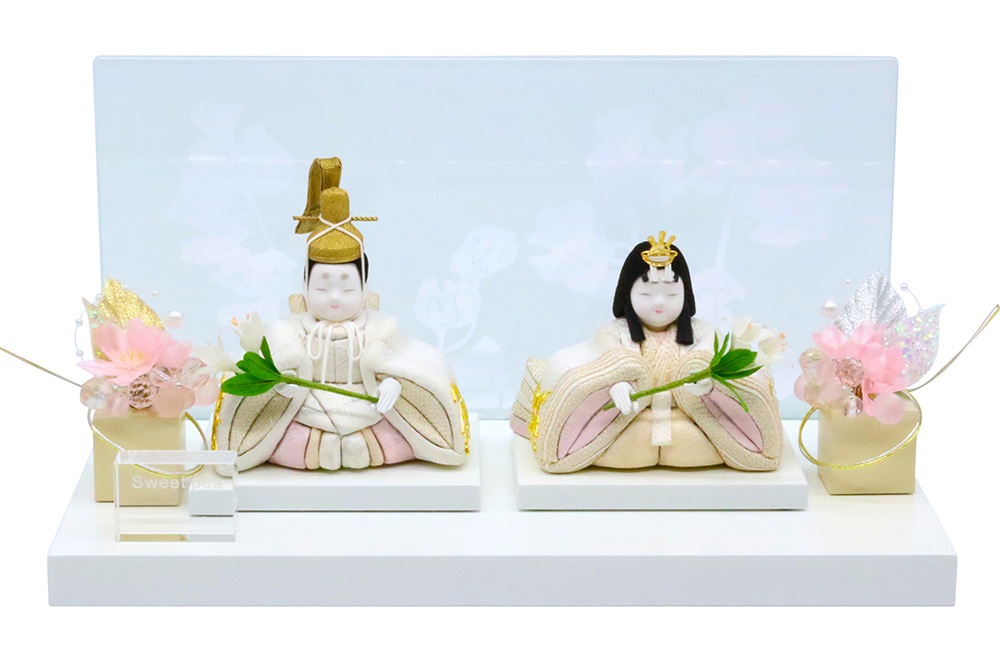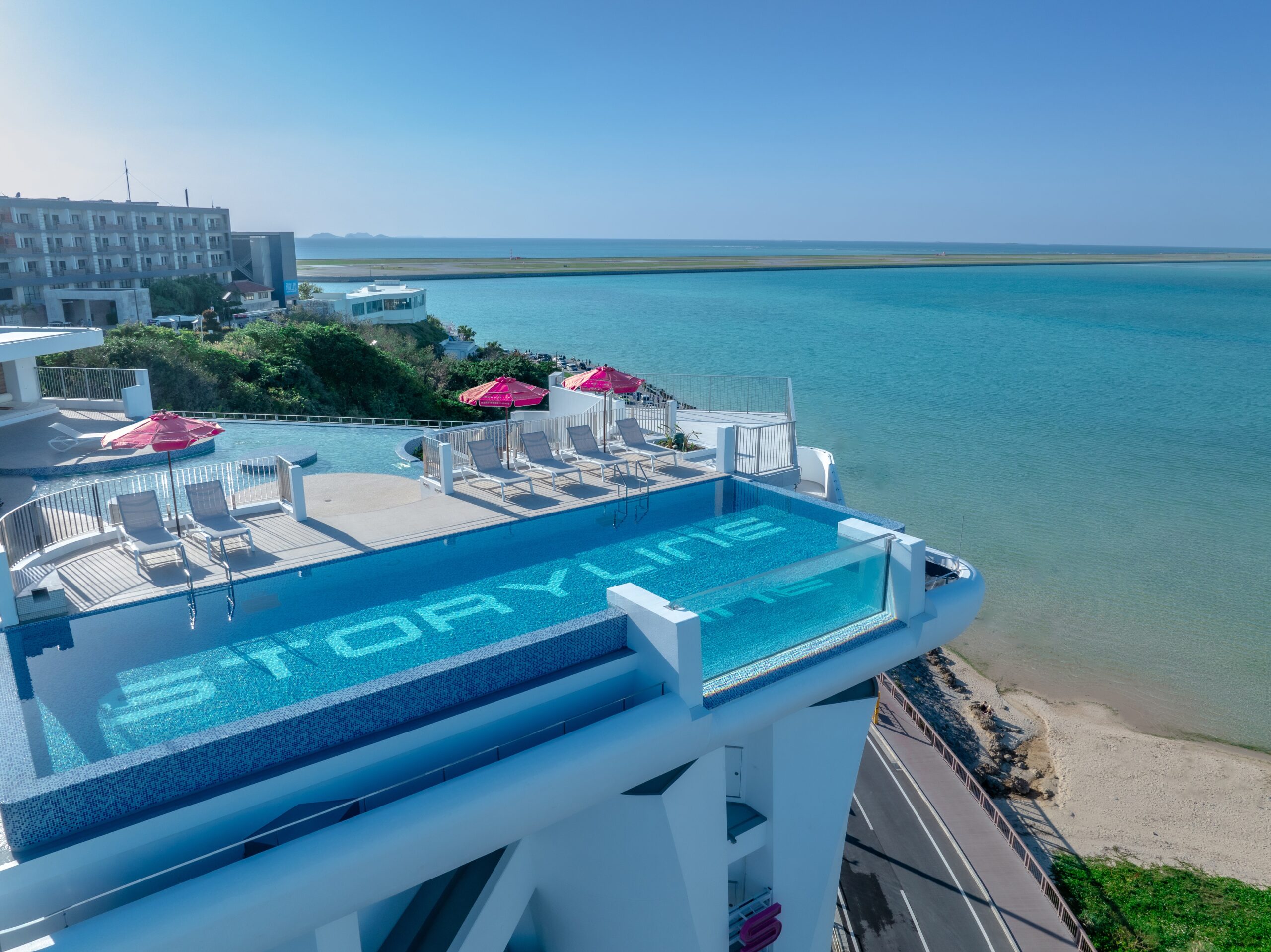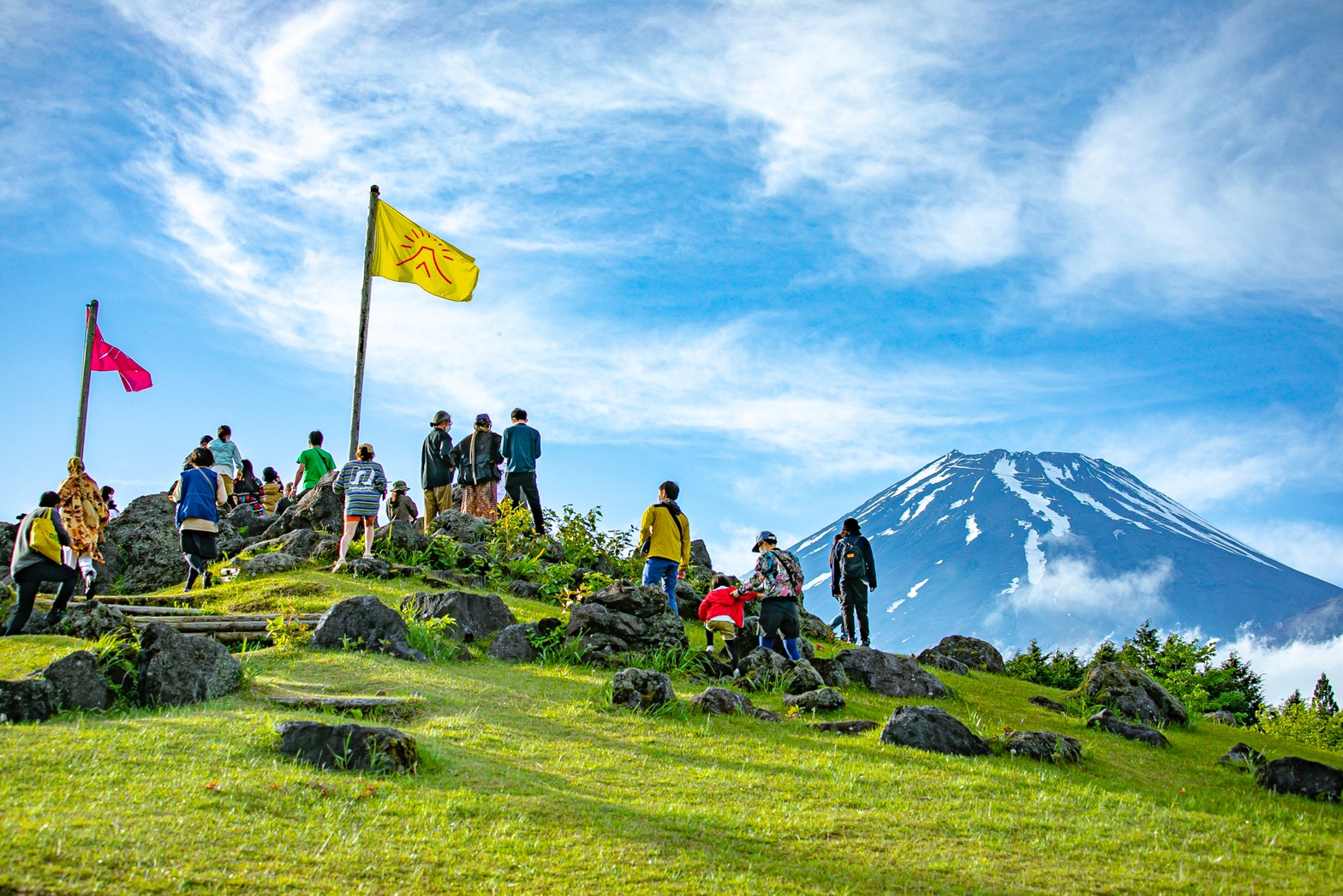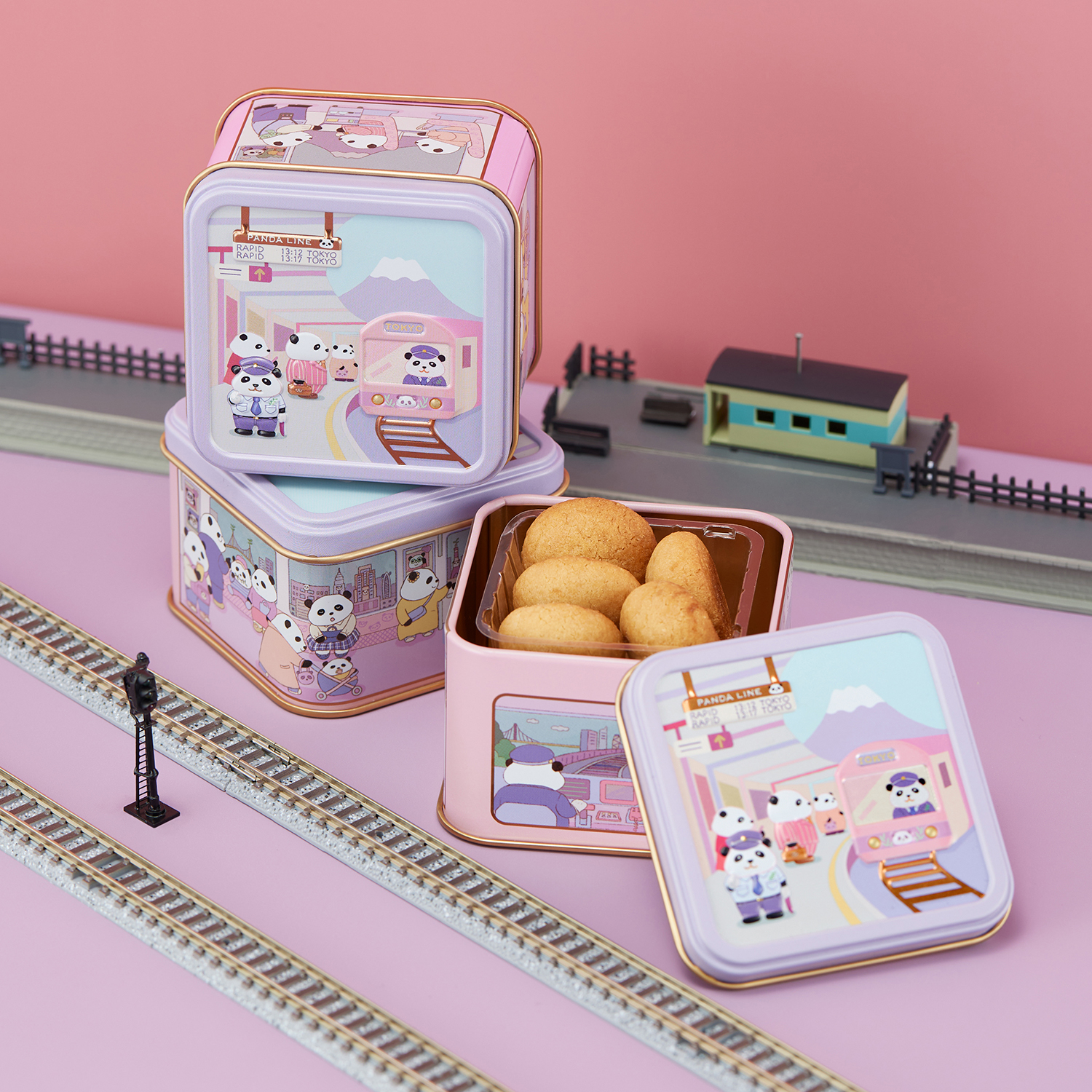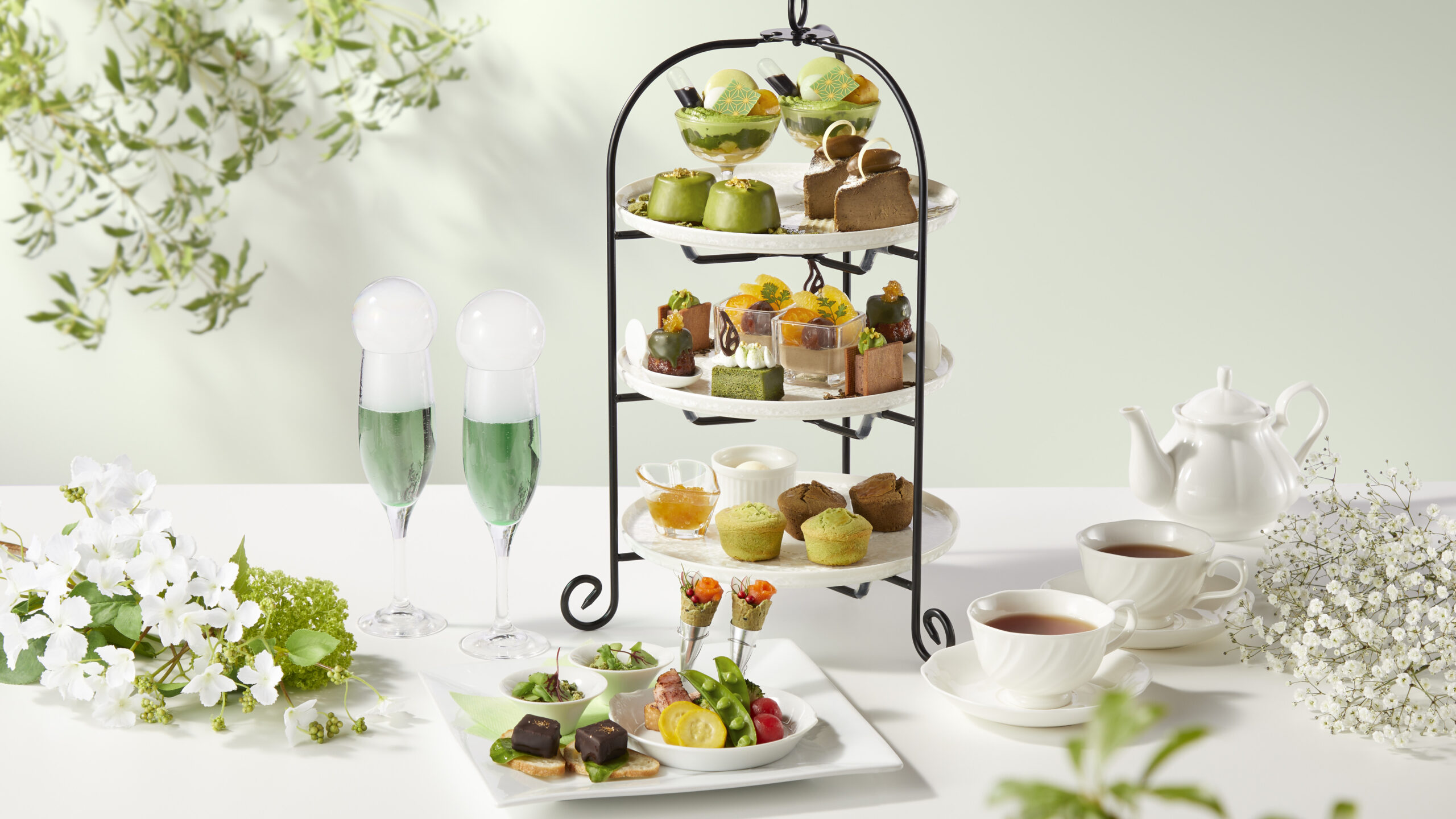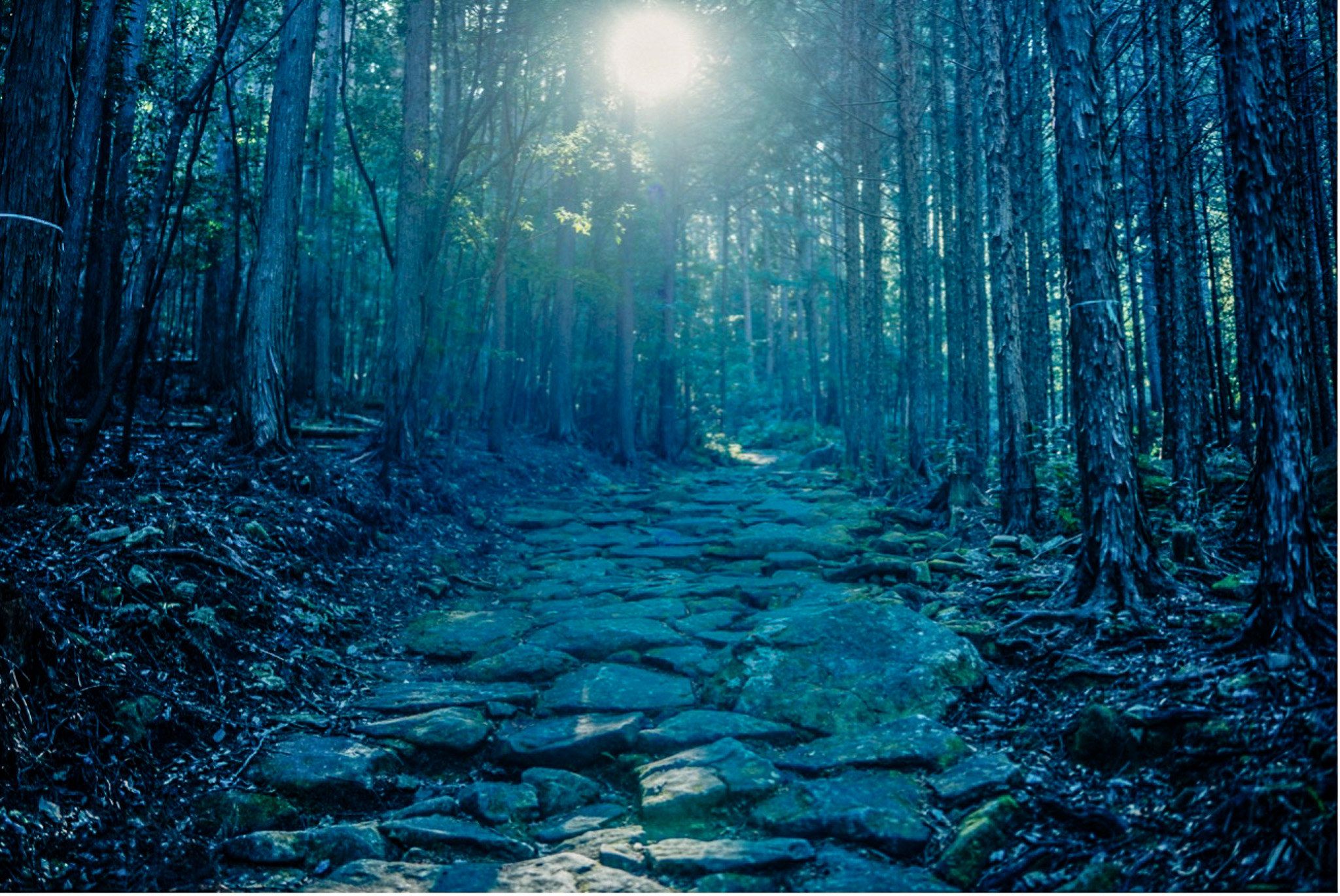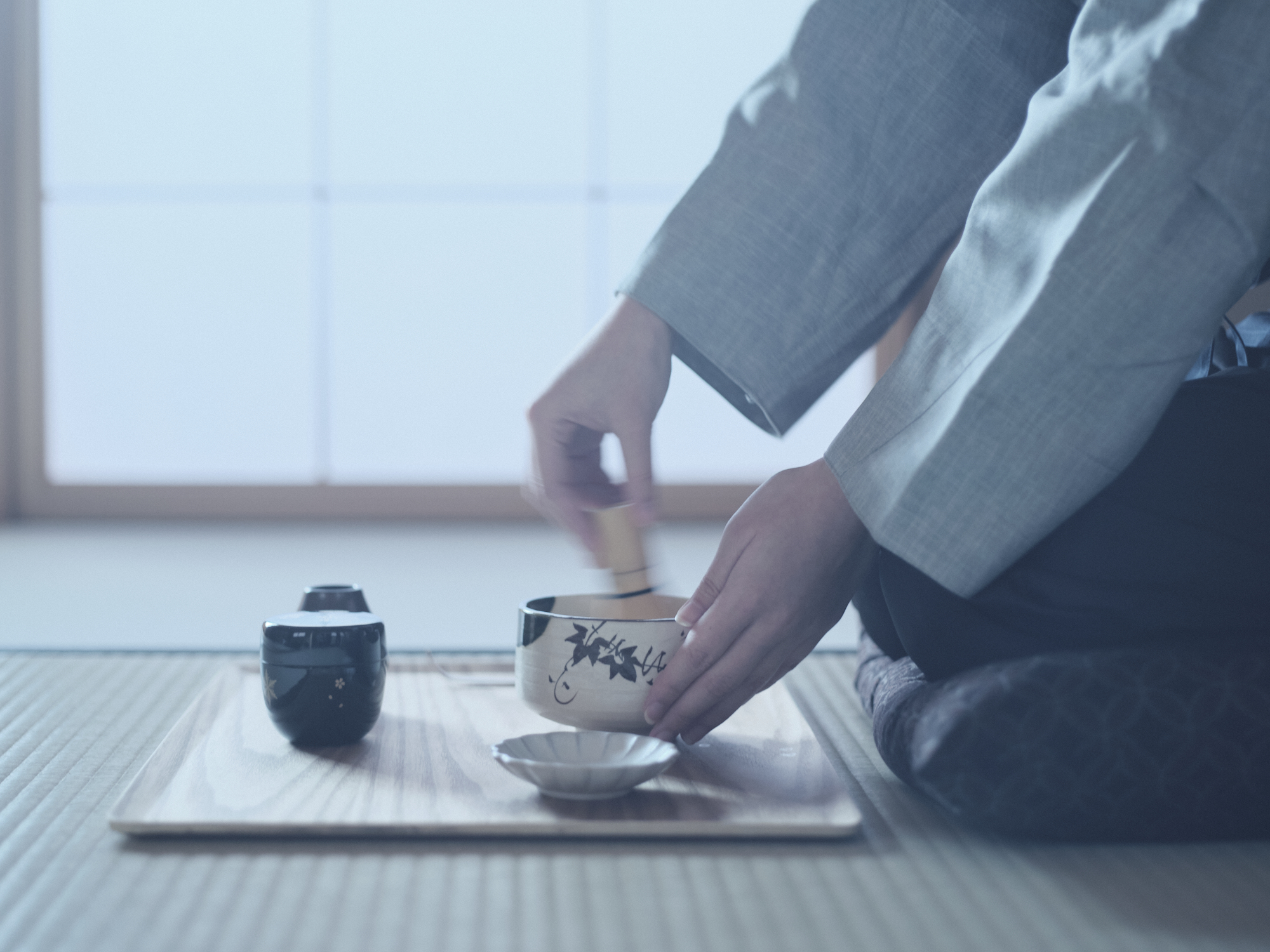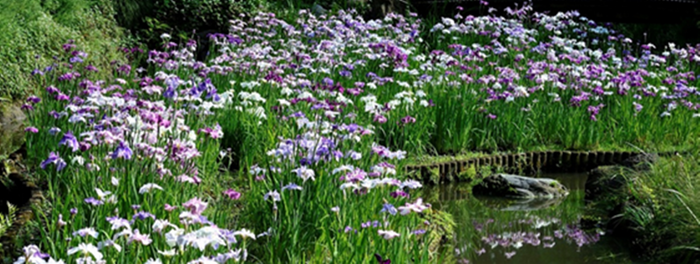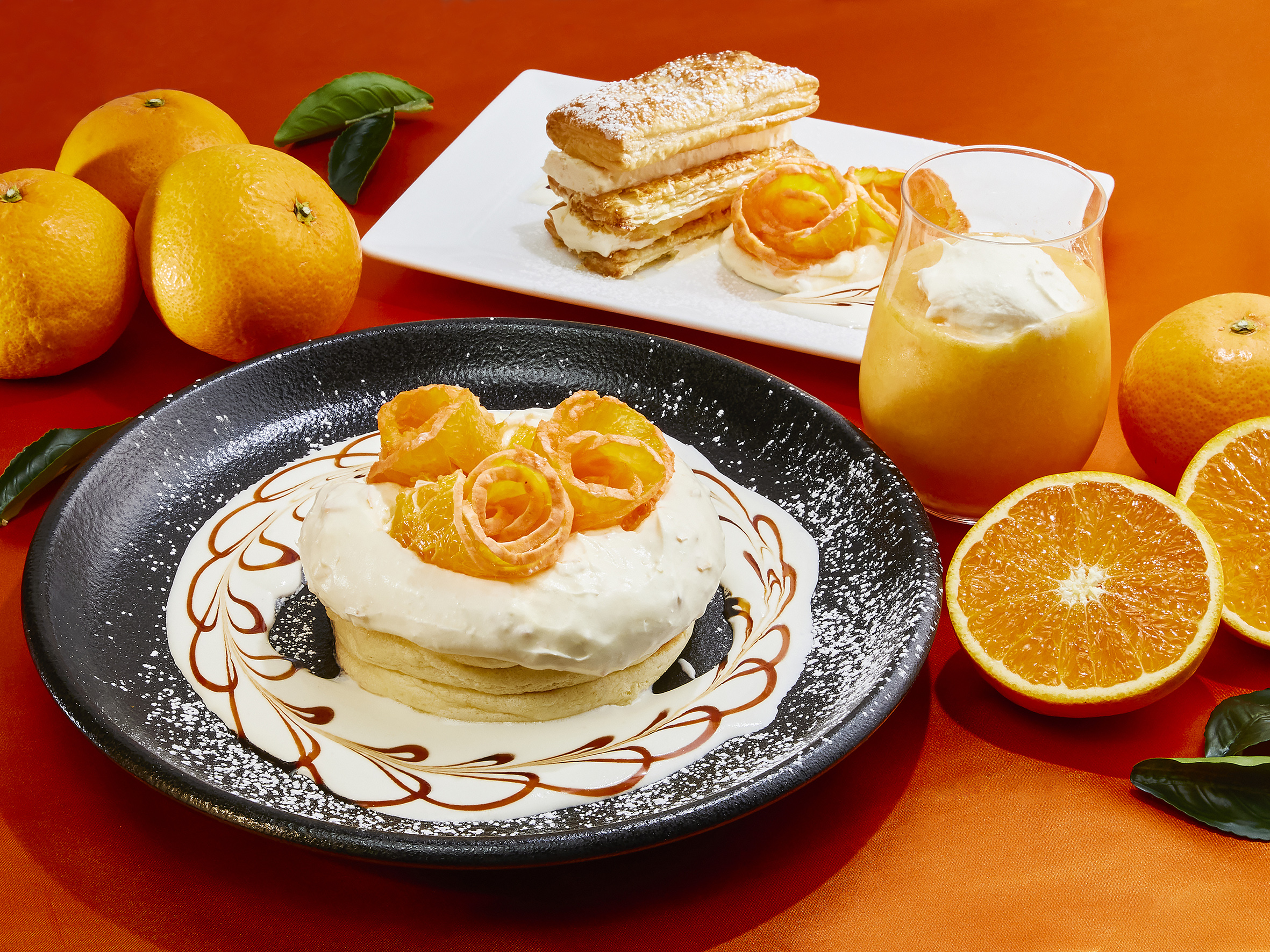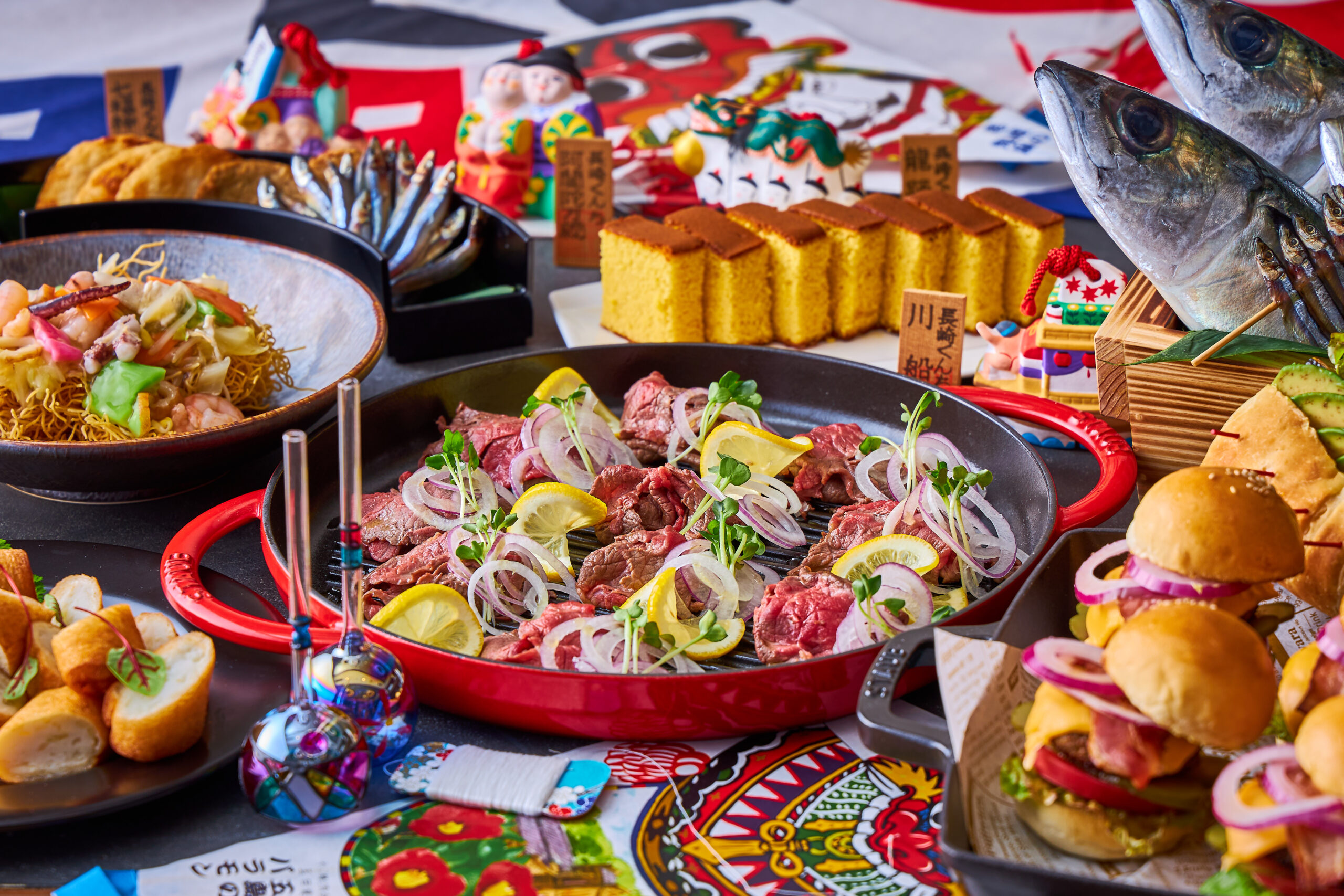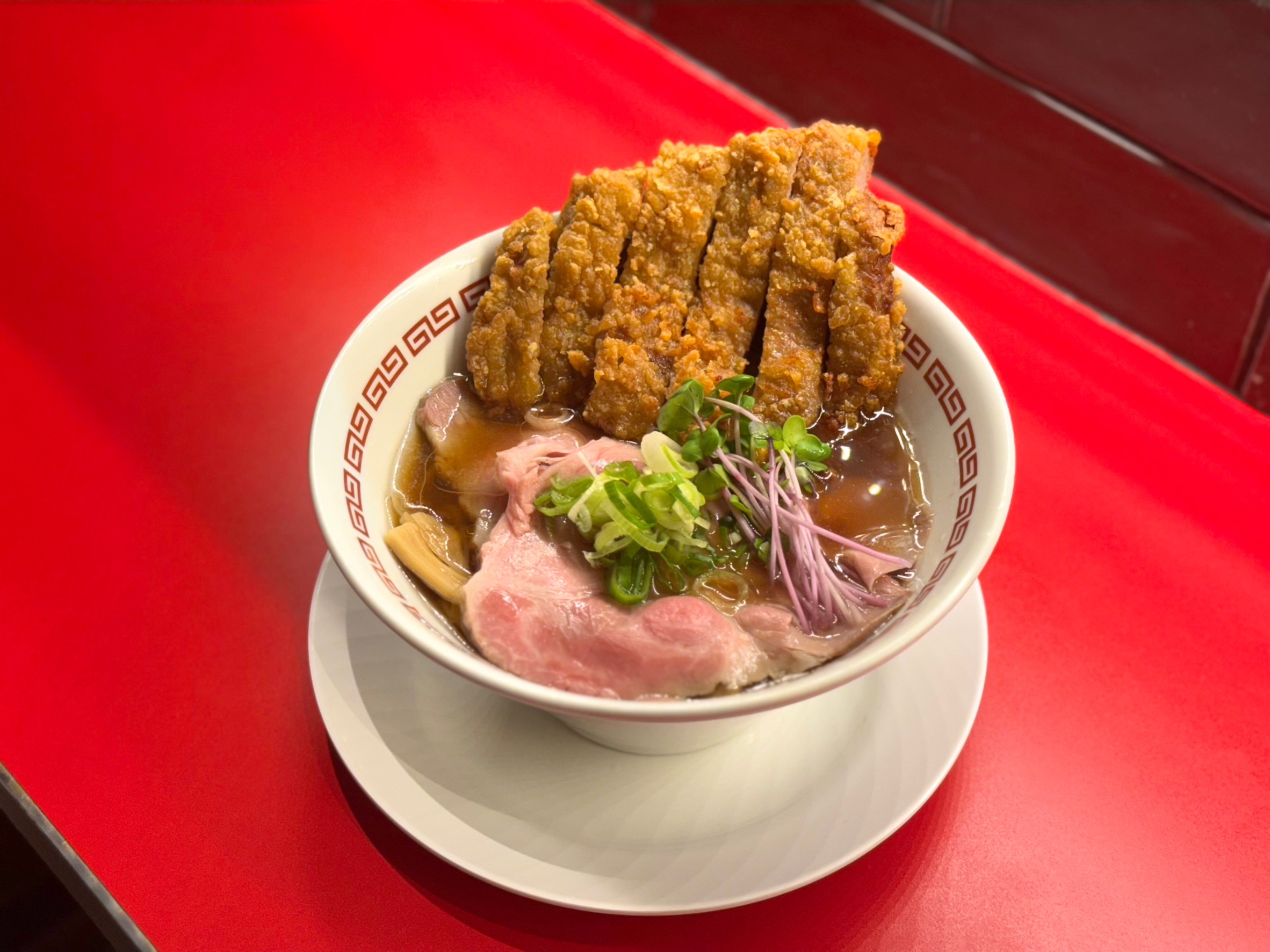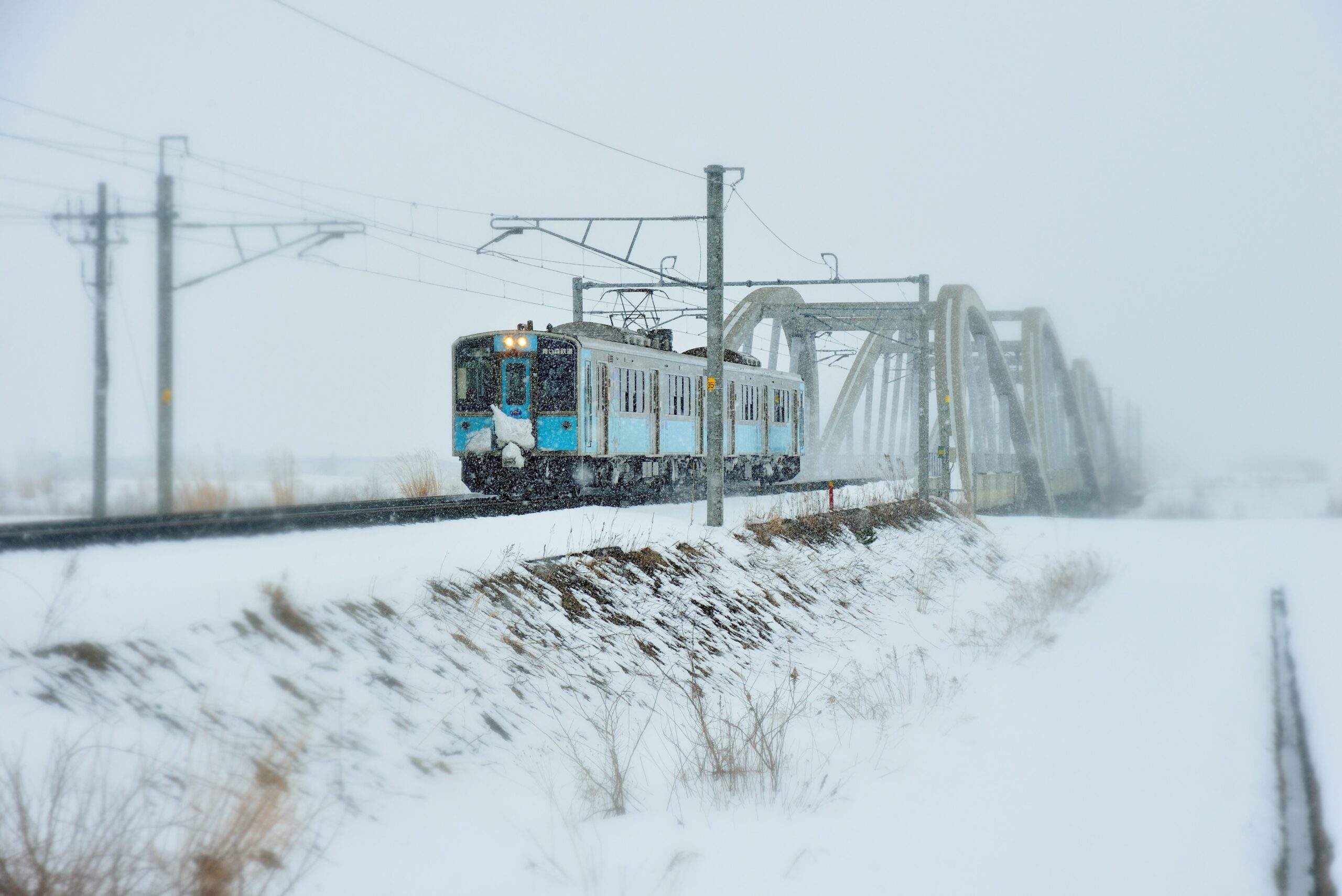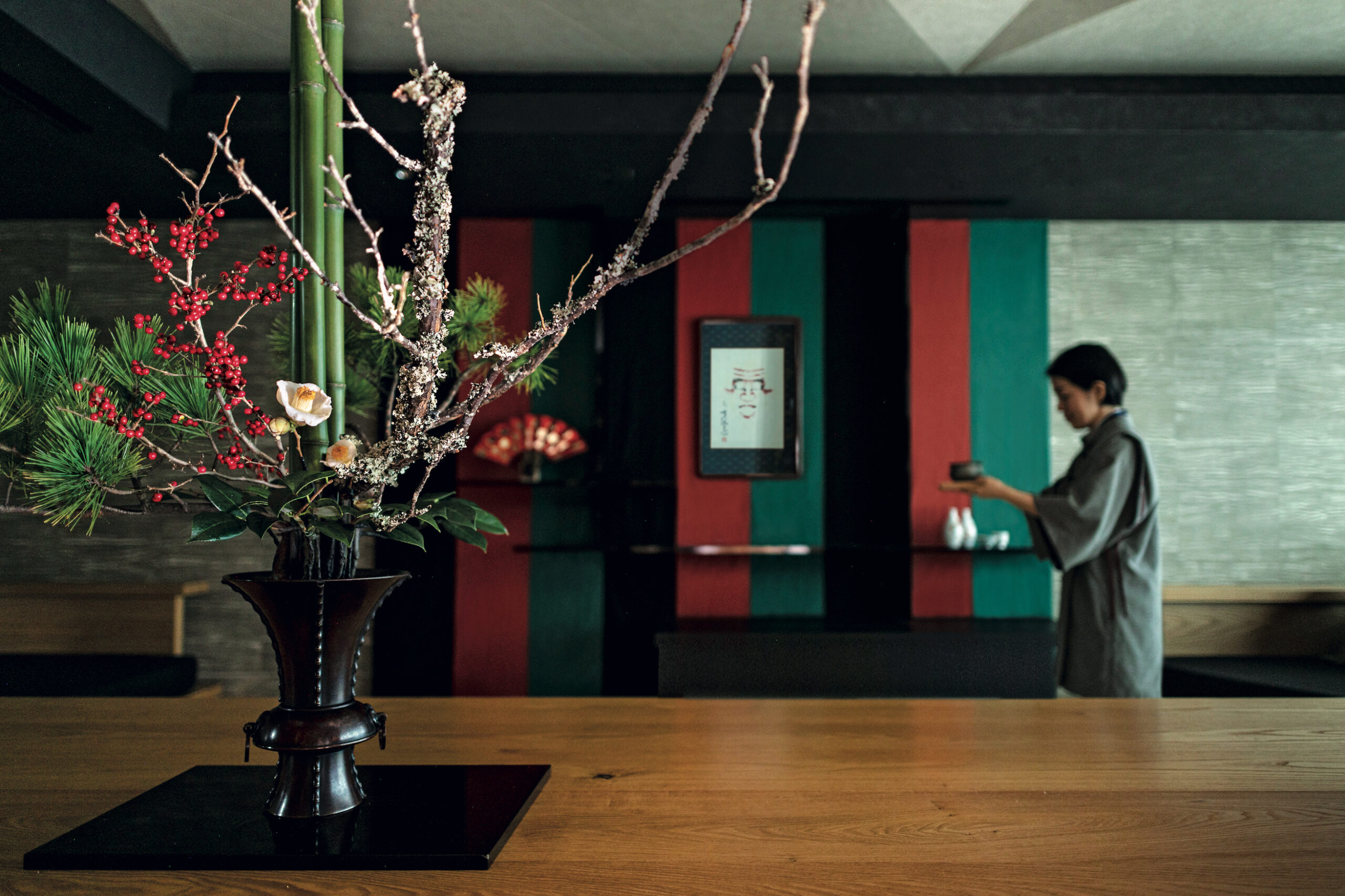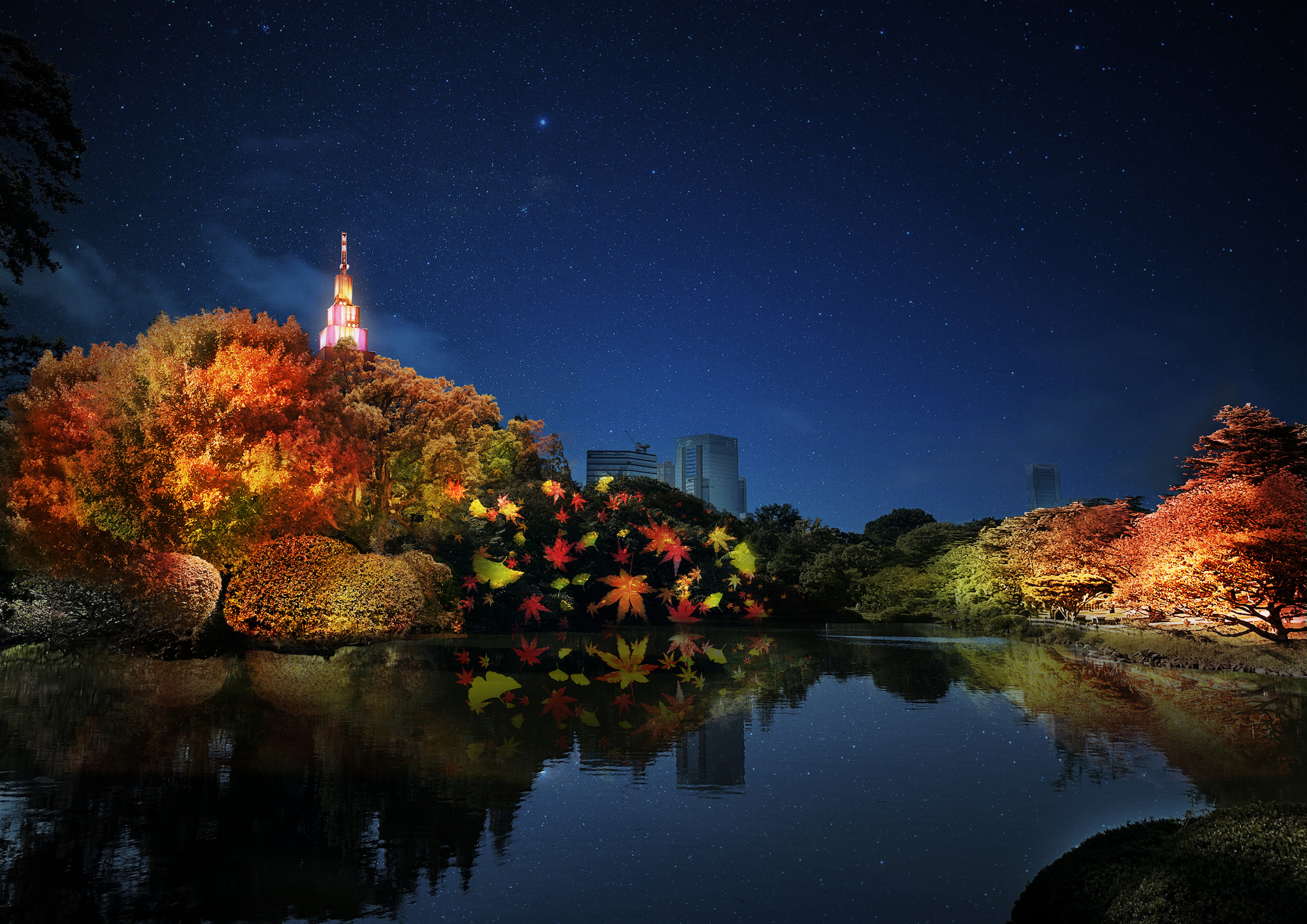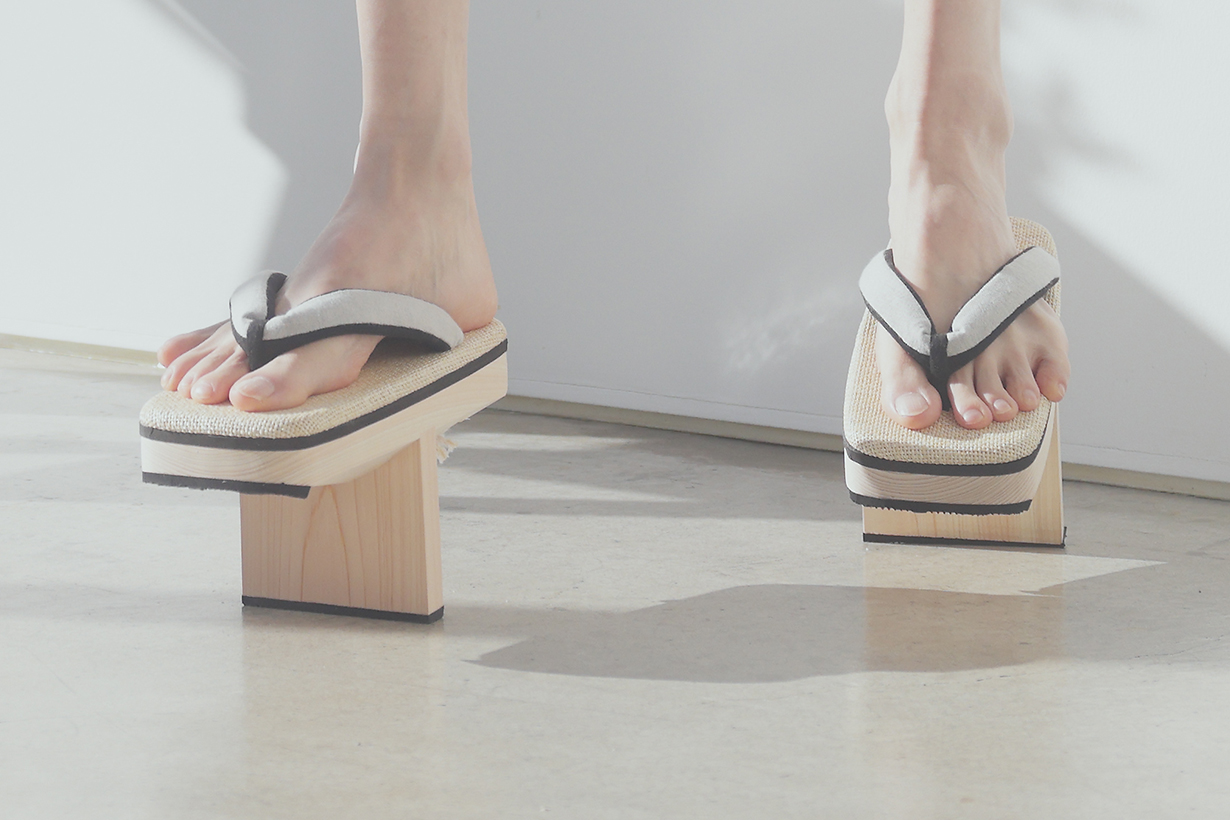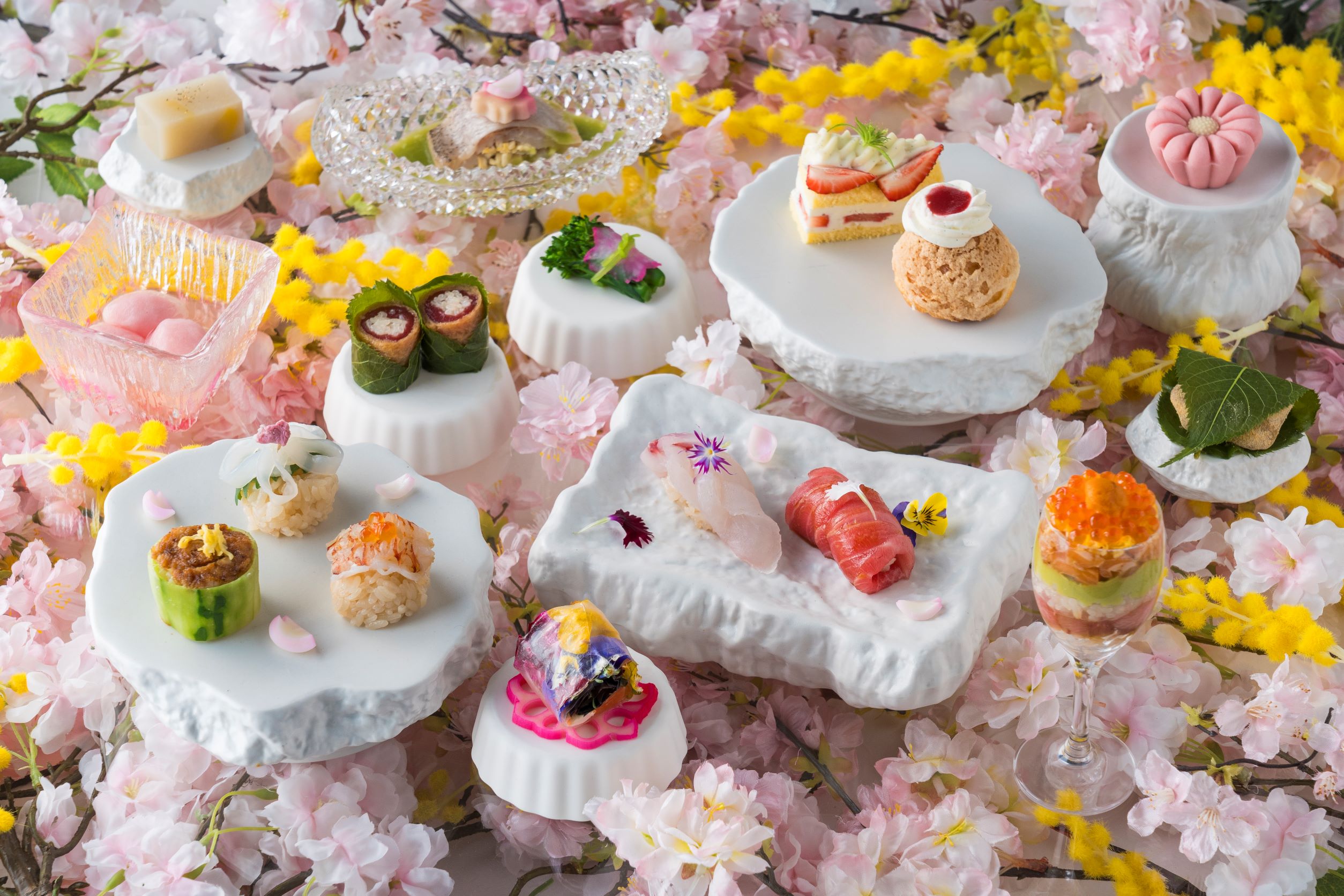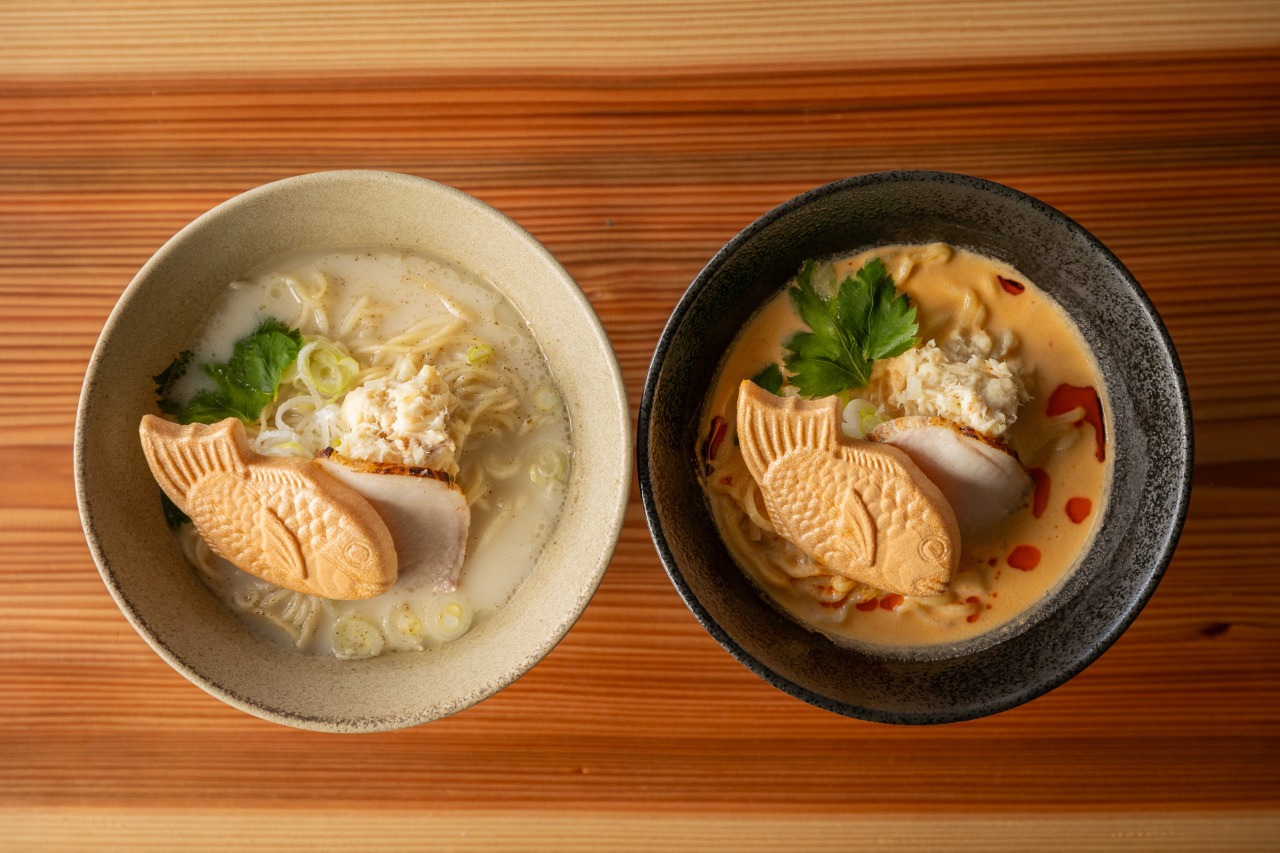"I still want to use that kiln."
The Okinawan pronunciation of pottery is “yachimun”.
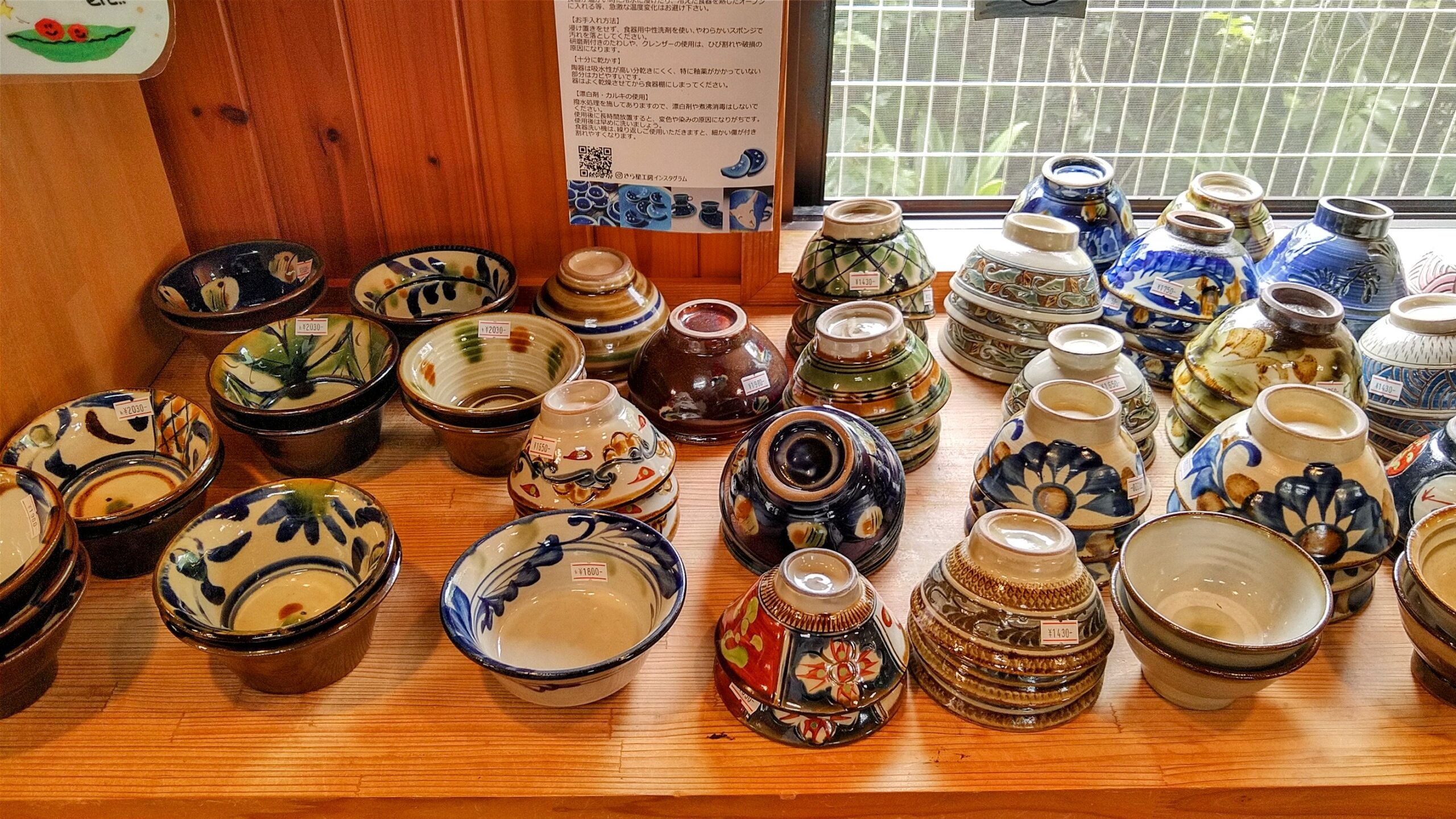
Its history is old and dates back to the Ryukyu Kingdom era.
In 1682, Sho Tei gathered potters in what is now called “Tsuboya” in Naha City in an attempt to develop the pottery industry.
It is the beginning of Yachimun’s origin “Tsuboya ware”.

The traditional pattern "Kikukarakusa". Many Yachimun with nature as a motif were seen.
When the Ryukyu Kingdom changed to Okinawa Prefecture, it became easier to obtain cheap pottery from outside the prefecture, so Tsuboya ware once followed a path of decline.
However, it comes back to life with the “Mingei Movement” advocated in 1926.

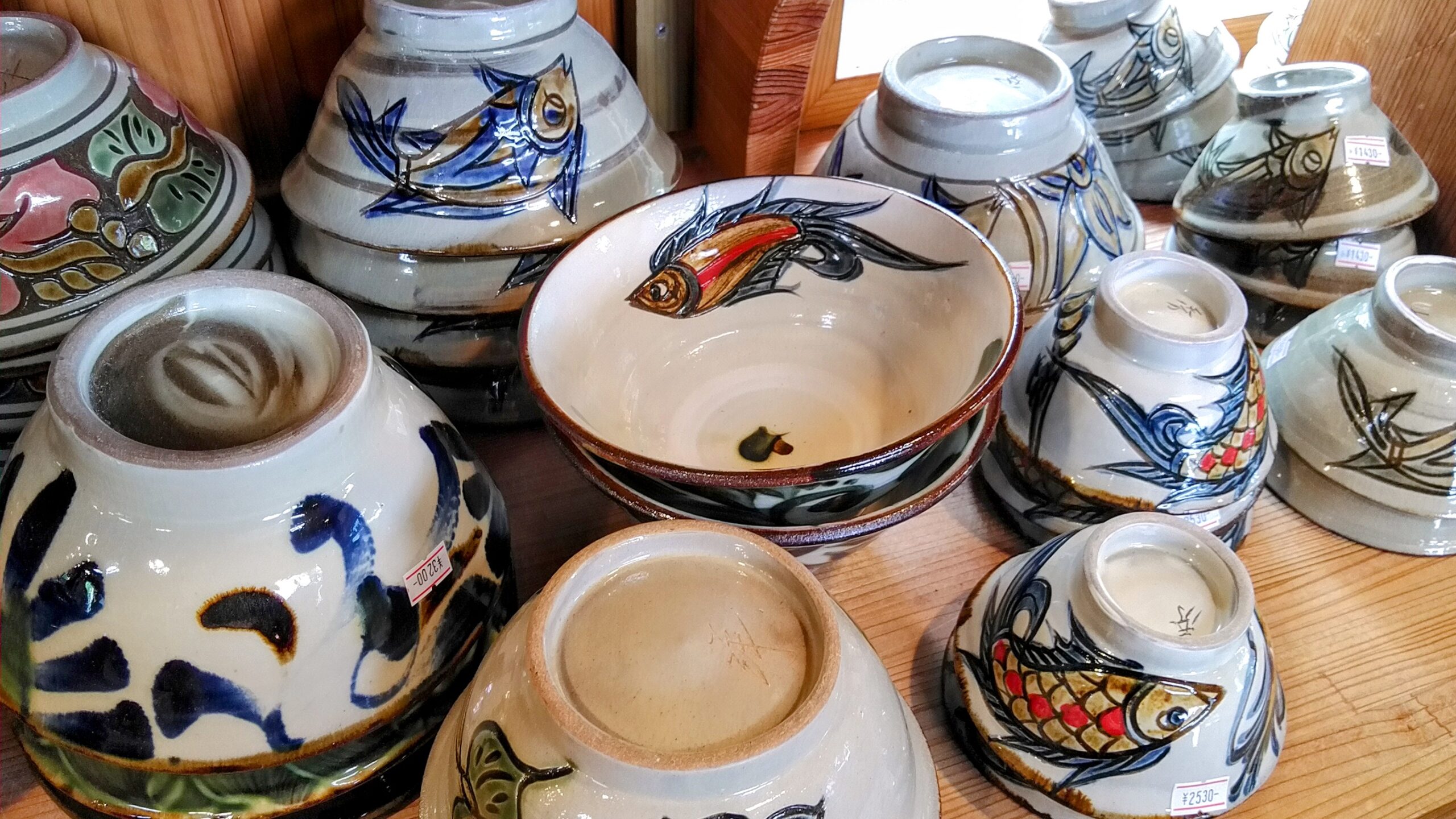
Line carving of "Gyomon". A lucky charm that is popular and well-known and means prosperity of descendants.
The Mingei movement advocates that “tools for daily life made by unnamed craftsmen are as beautiful as fine arts.”
However, once again, a headwind blows on the Tsuboya ware craftsman.
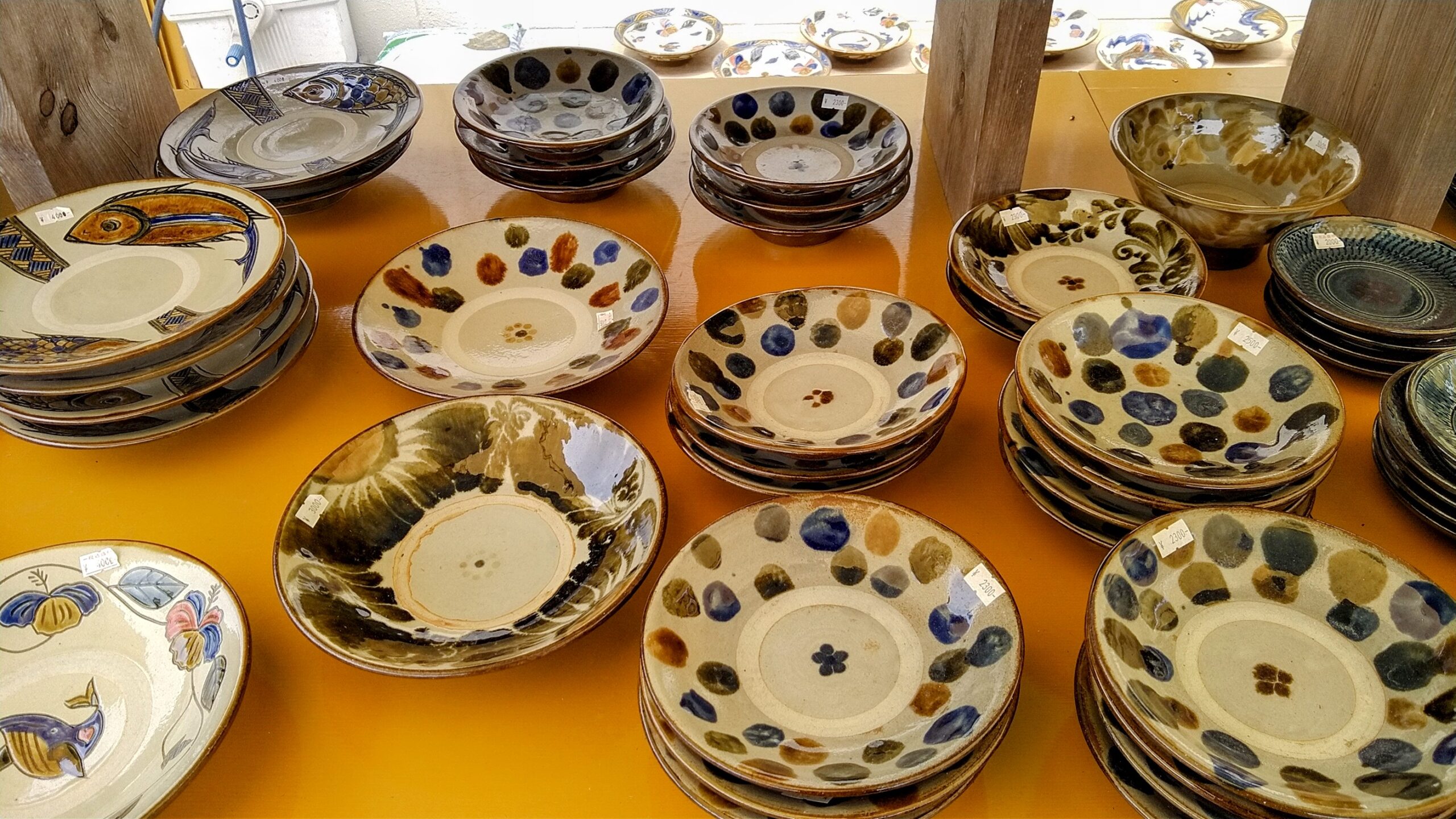
Paintings called "dots".
In the 1970s, the smoke produced when baking pottery was taken up as a pollution problem.
Craftsmen lose “something”.
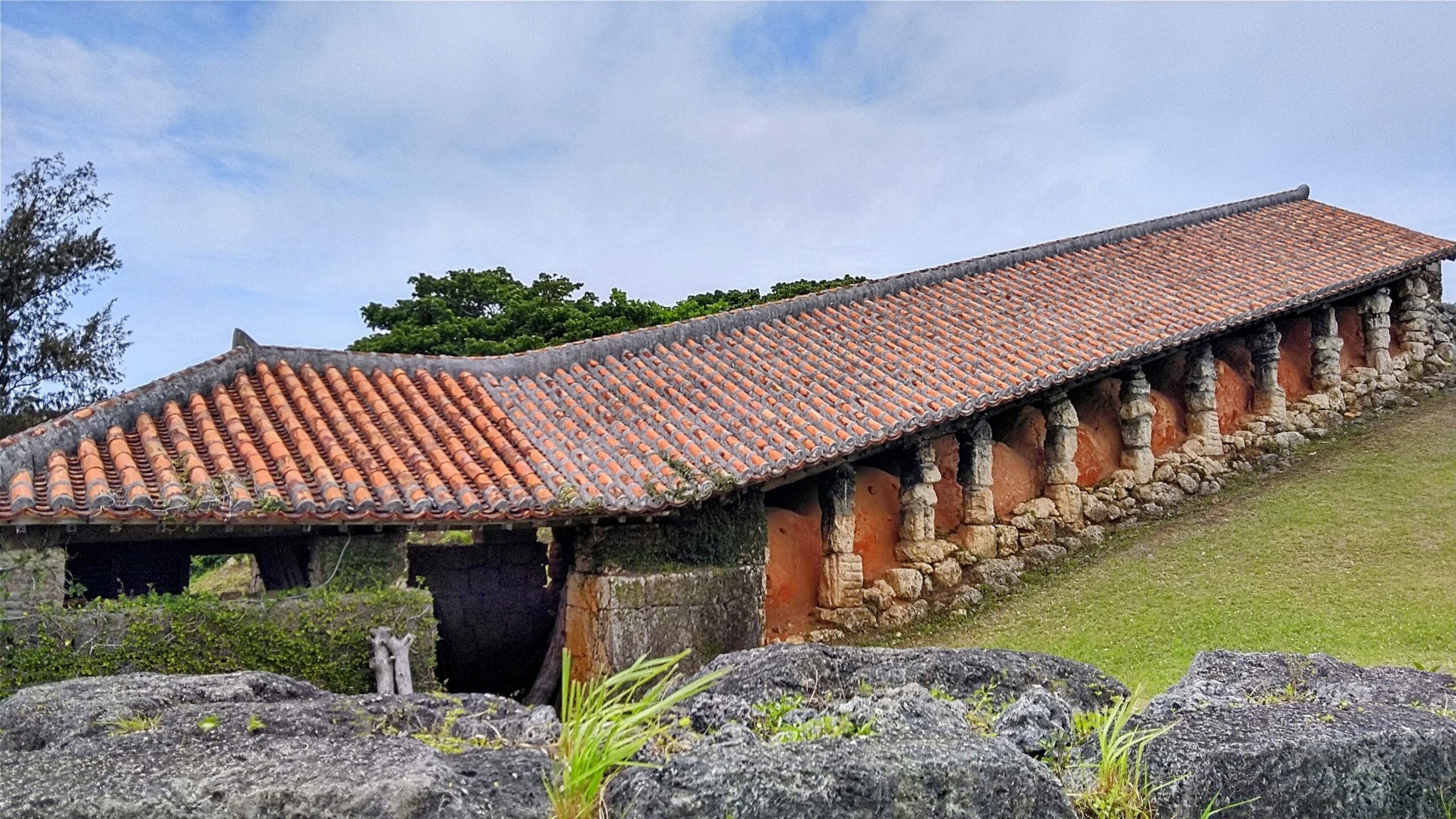
There is a kiln called “Nobori Gama” that burns pottery.
It is said that it can cause heat convection and evenly bake pottery.
Yomitan Village, which was promoting the Bunkamura concept, came up with the idea and recommended the craftsmen to build a climbing kiln.
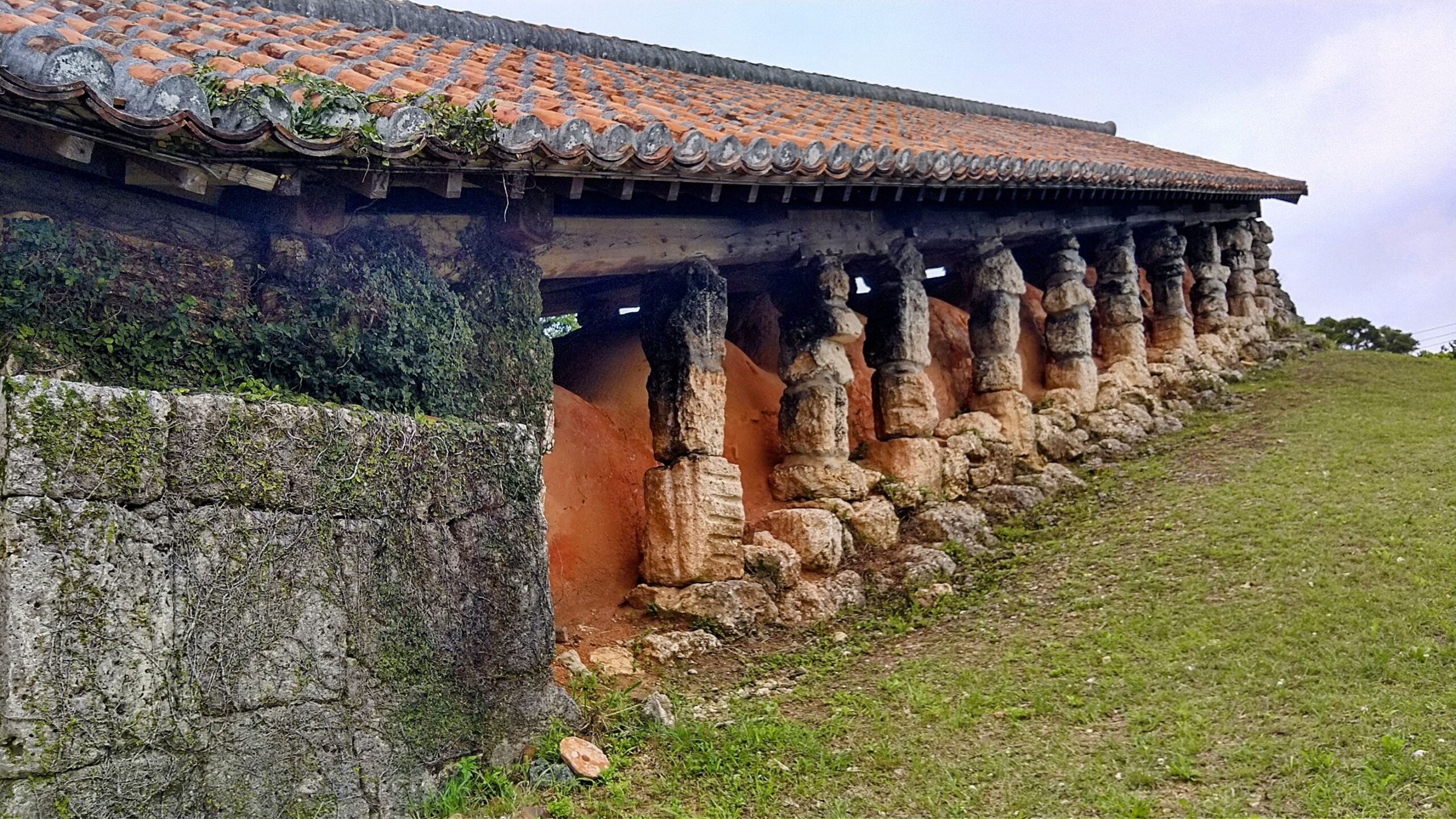
The craftsmen who sought this kiln began to move their base to Yomitan Village.
Eventually, it became a village where many workshops and stores gathered, and it became known as “Yachimun no Sato”.
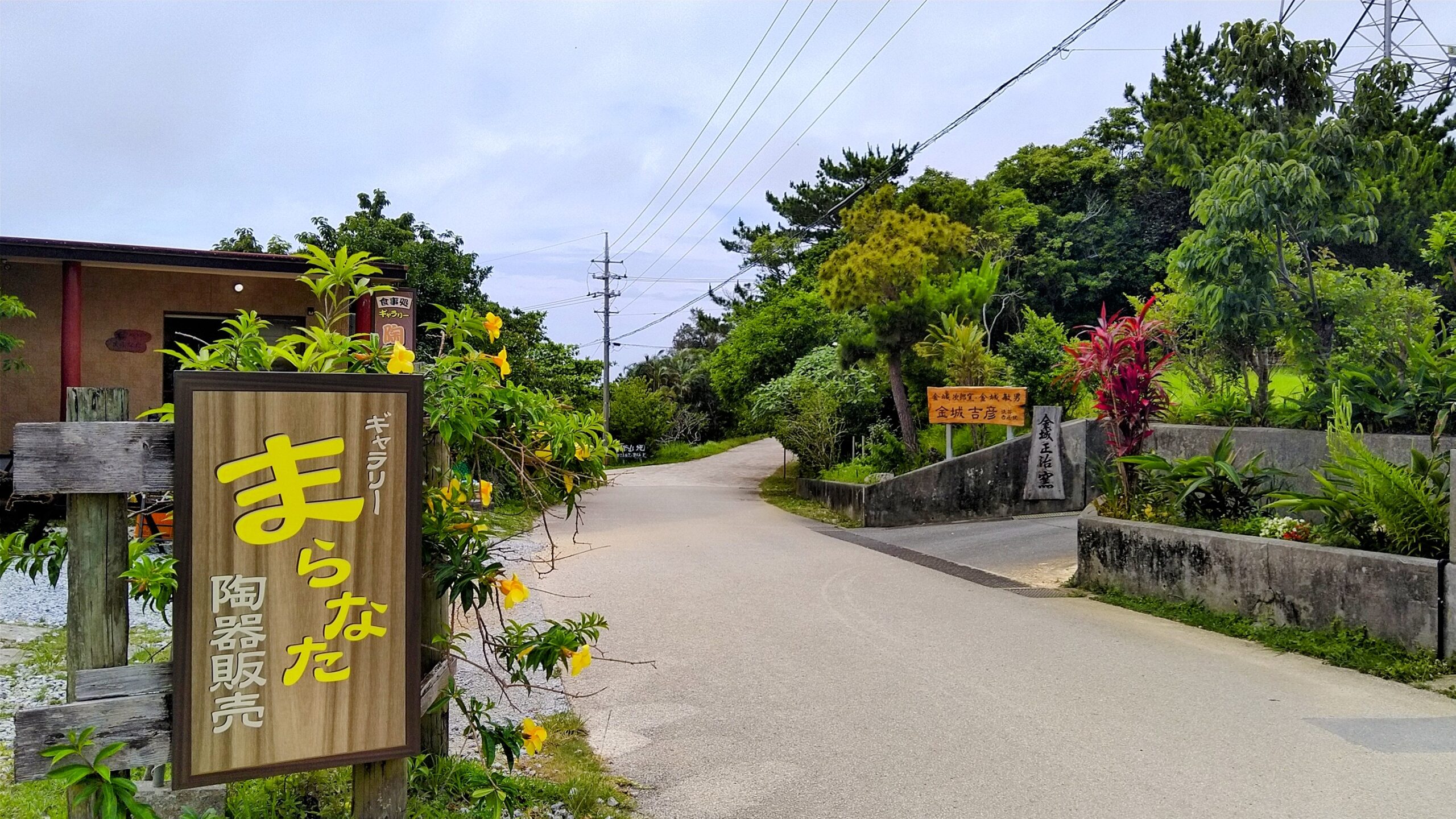
There are many workshops with a gallery. There was also a workshop with a cafe inside.
“I want you to enjoy the beauty of Yachimun and the feel that fits in your hand as a daily item.”
It seemed that the simple but passionate feelings of such craftsmen were conveyed.
Currently, some craftsmen are moving their workshops further north to Ogimi Village in the northern part of the main island of Okinawa. We will continue to convey “Yachimun” while flexibly responding to the times.
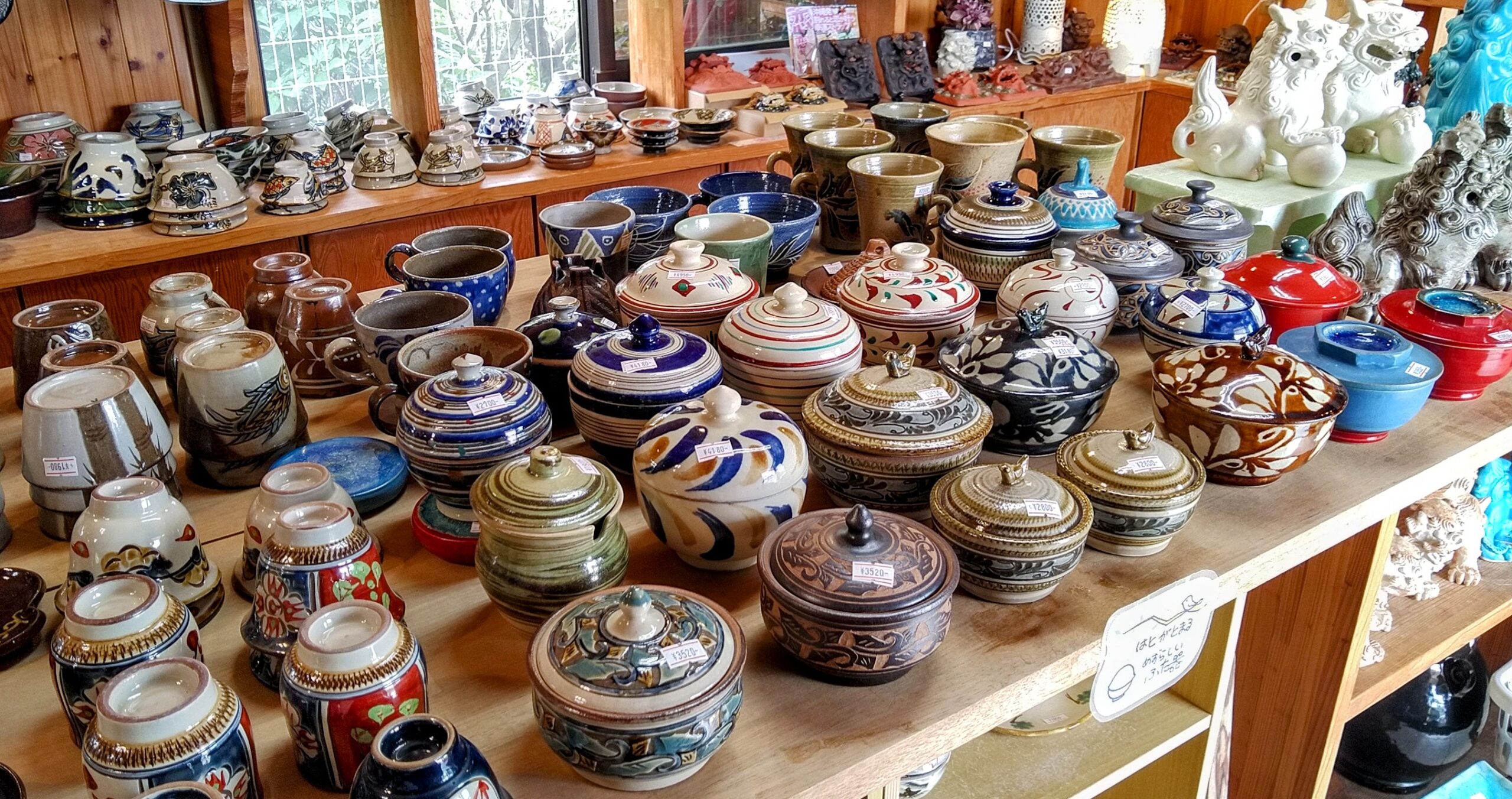
"Café & Gallery Maranata". I was dealing with the works of about 60 artists.
The warmth in beauty
I would like to introduce two from the gallery of the craftsmen who left a strong impression on me in Yachimun no Sato.
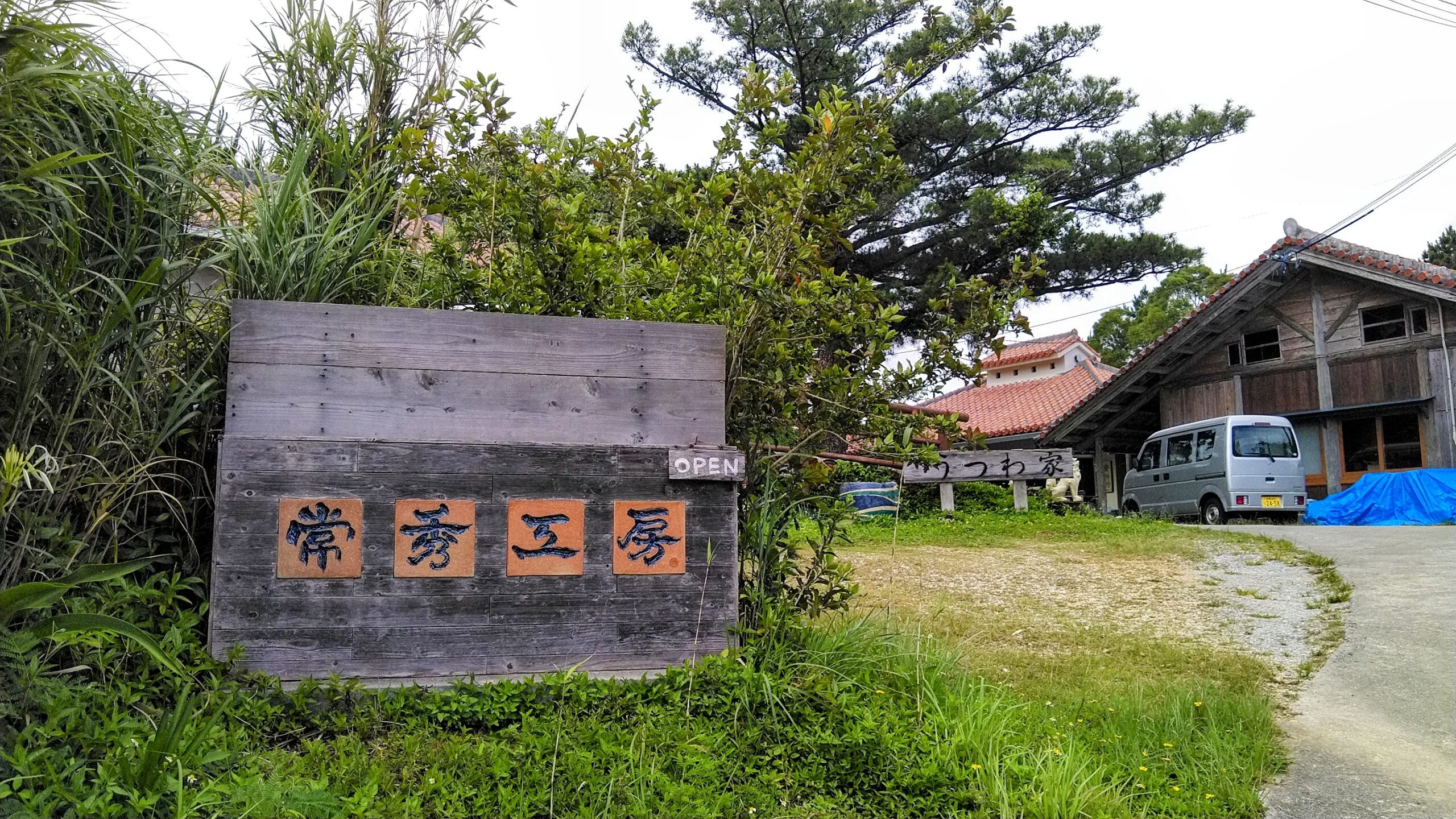
The first is “Tsunehide Kobo”.
The “Utsuwaya”, which is adjacent to the workshop, is a small gallery, but there are many colorful and variously shaped Yachimun.
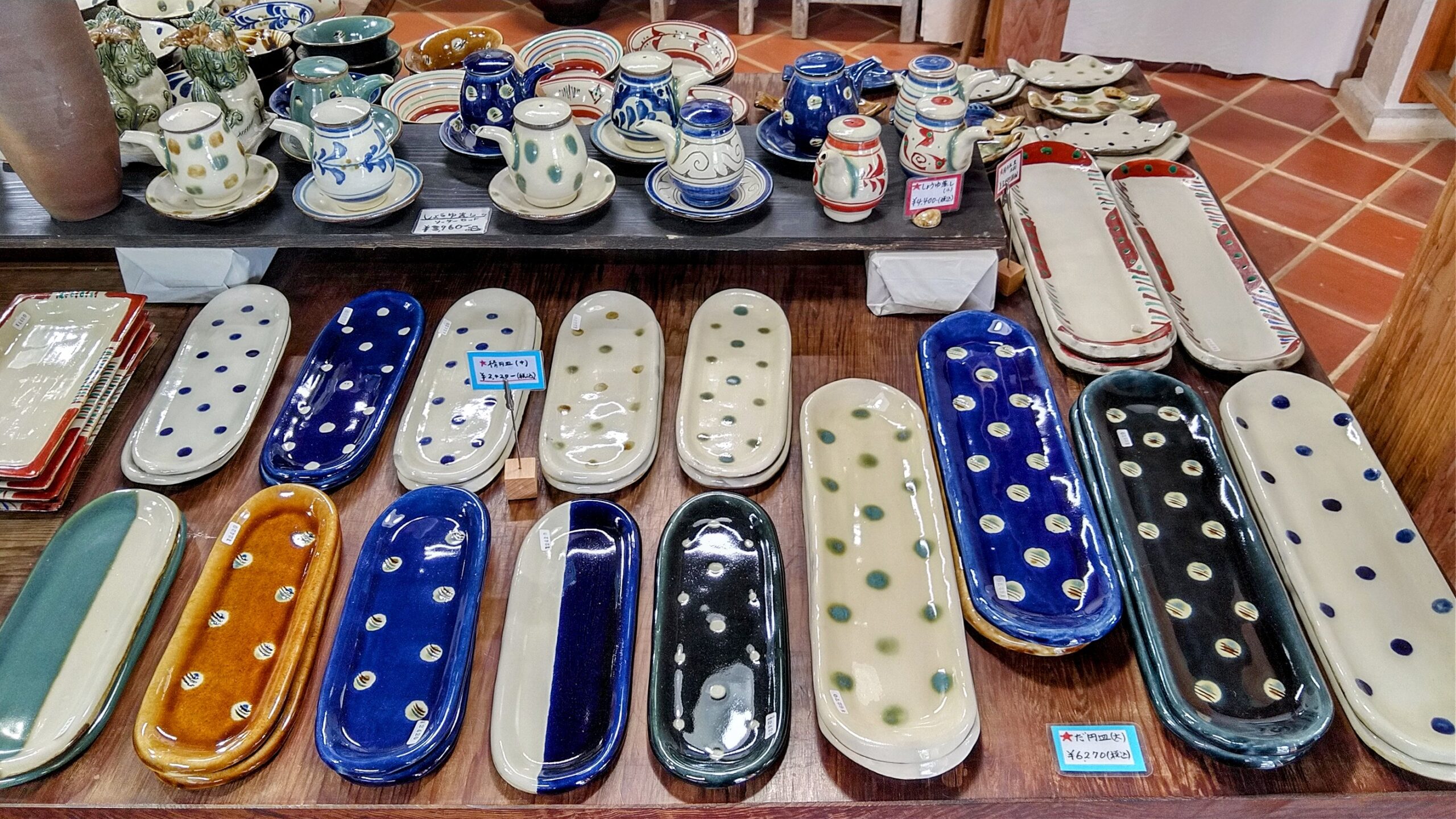
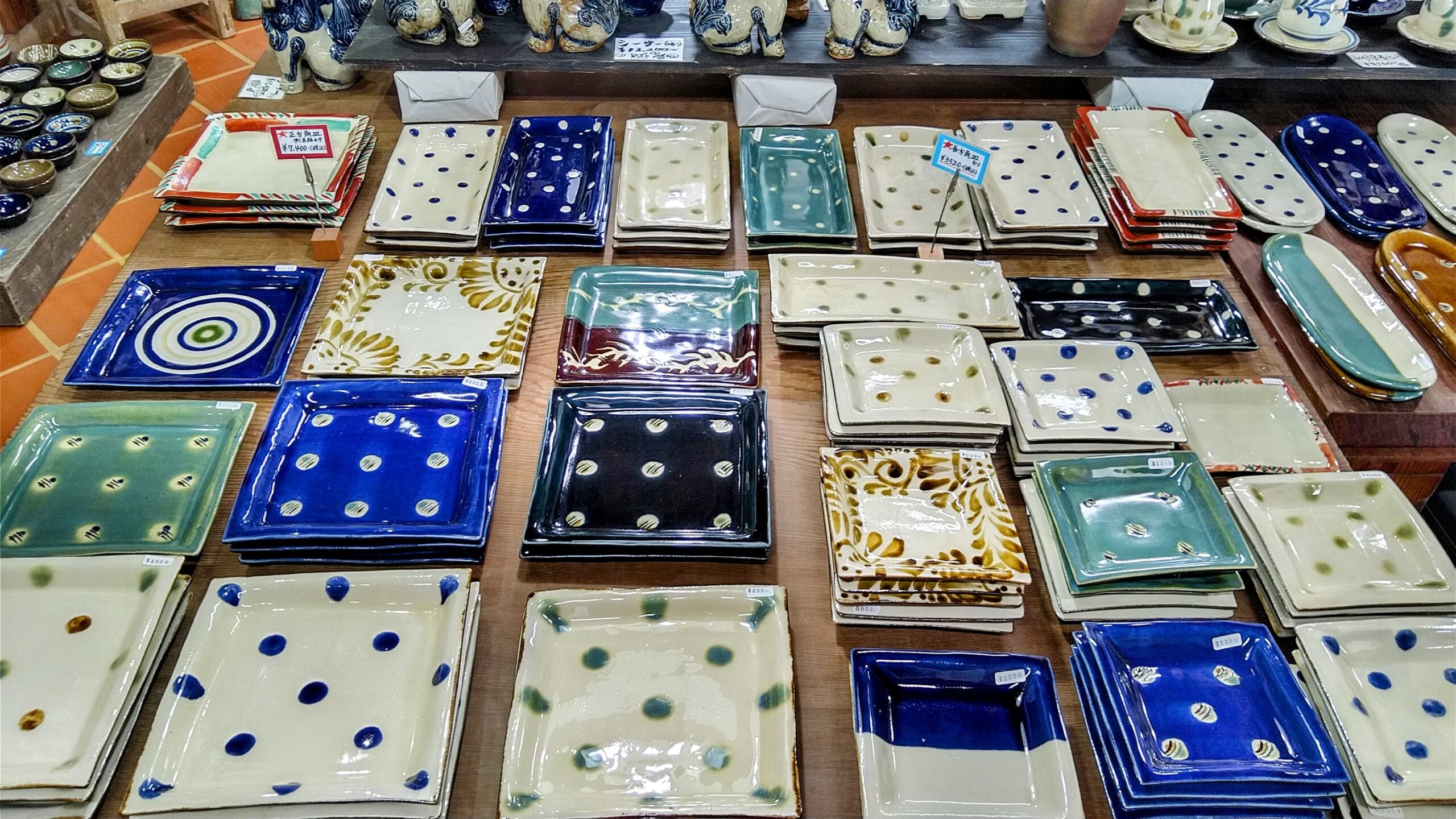
Among them, the unique “dotting” and “waxing … technique of hiding the pattern with melted wax” were modern and very impressive.
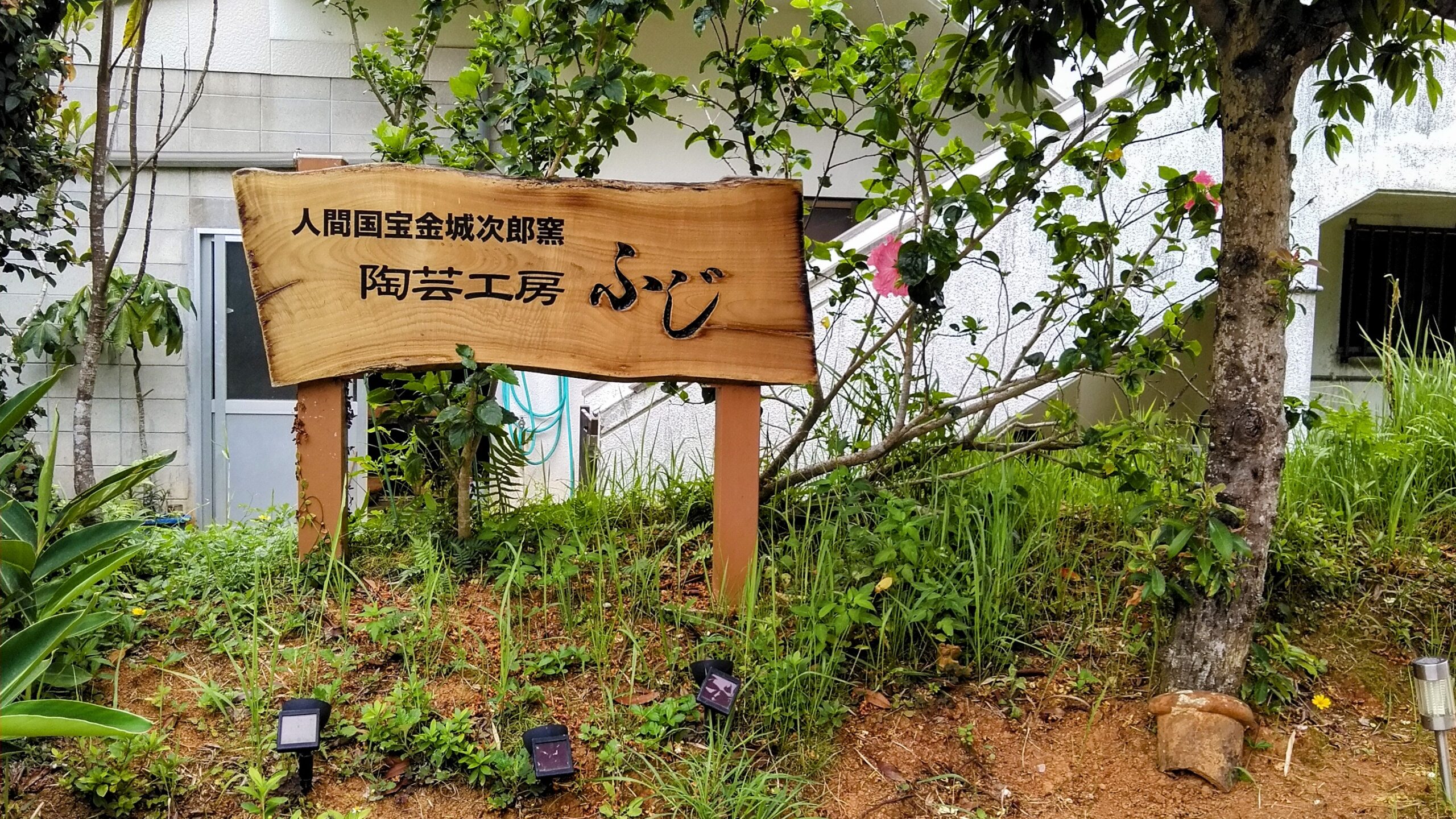
This is the kiln of the late Jiro Kinjo, who moved his workshop to Yomitan Village during the above-mentioned pollution problem and became the first living national treasure in Okinawa.
Currently, his grandson Kanako Fujioka has a workshop called “Fuji”.

I stood still for a while in the bright and powerful blue color.
And while I was watching a lot of Yachimun in Yachimun no Sato, I felt happy for some reason.
I’m sure it was because I felt the warmth in the “tools of everyday life.”
A Japanese soba restaurant that was also in Okinawa
Finally, I would like to introduce the “Nippon Soba” shop.
Speaking of Okinawa, it is “Okinawa soba (Soki soba)”, but there are times when you are struck by the desire to eat “Japanese soba”.
And here is where I arrived.
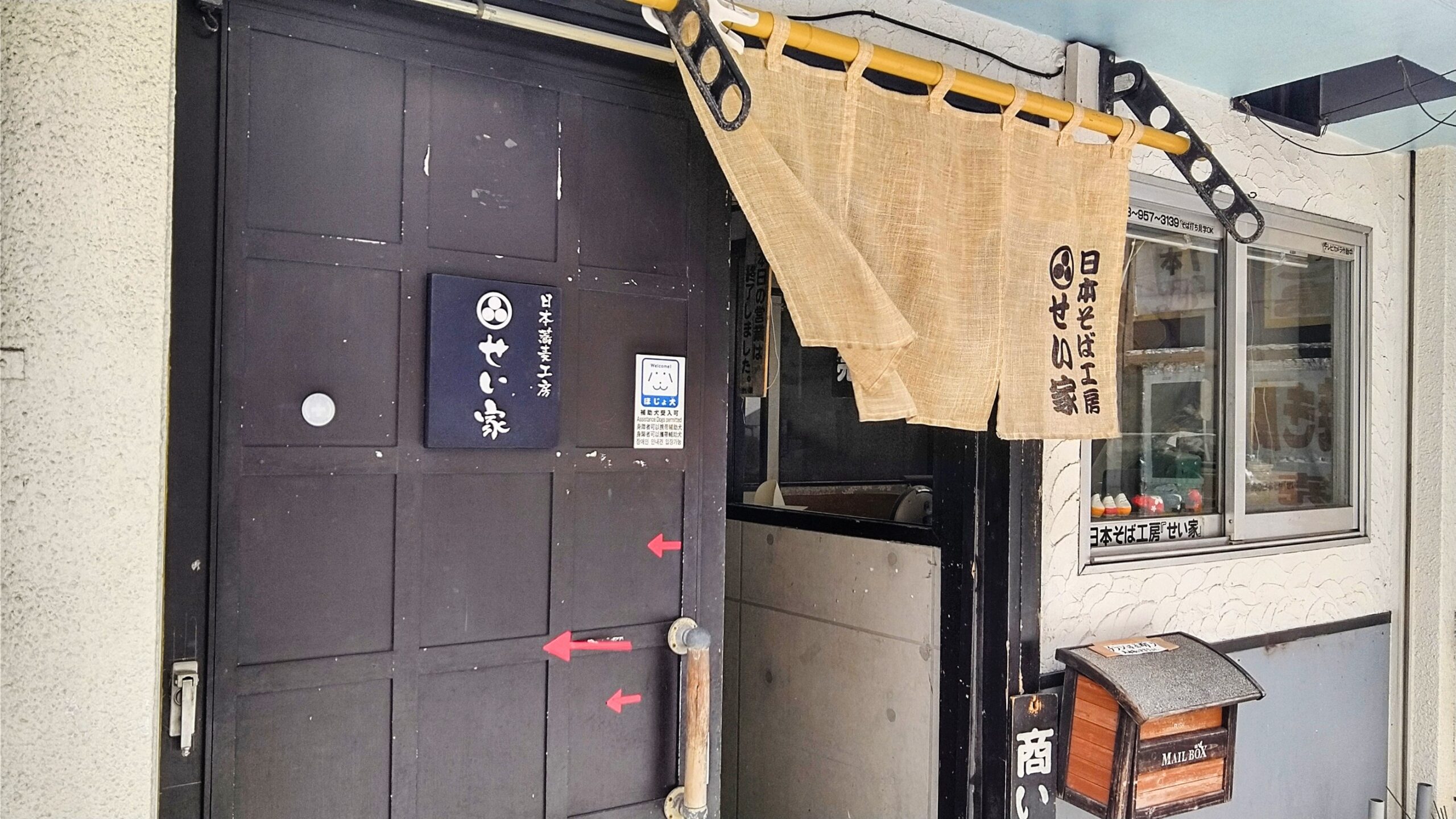
It is a 2-3 minute walk from Kadena Town Hall.
This is “Seiya Japanese Soba Studio”.
The owner was a woman, and she was from Aizu, Fukushima prefecture, so she was from Tohoku, the same as me.
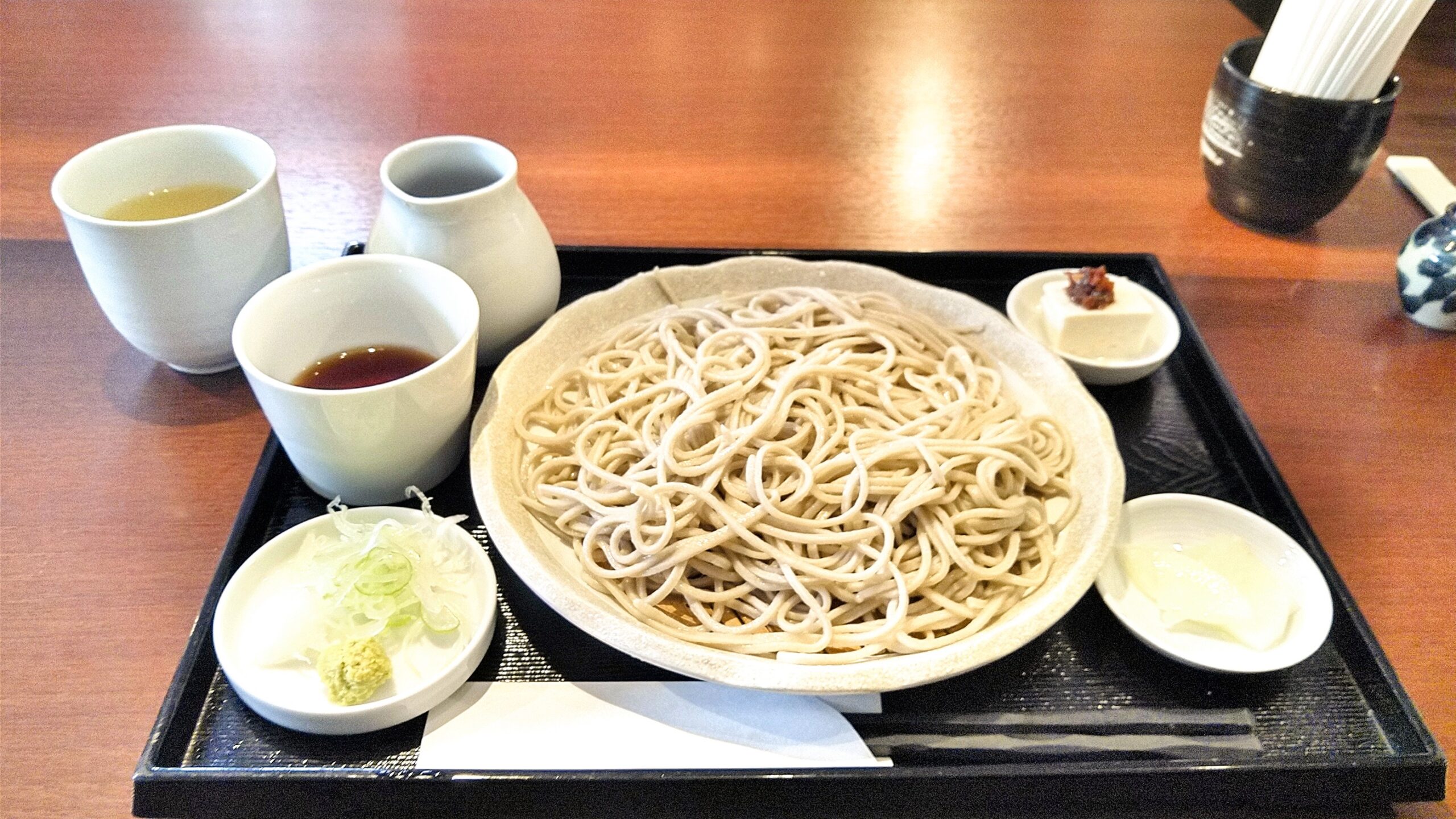
Many of our customers are from the mainland (Nachi … used to refer to Japan other than Okinawa).
Like me, people who “I love Okinawa, of course, but sometimes want to eat Japanese soba asexually” will come to visit.
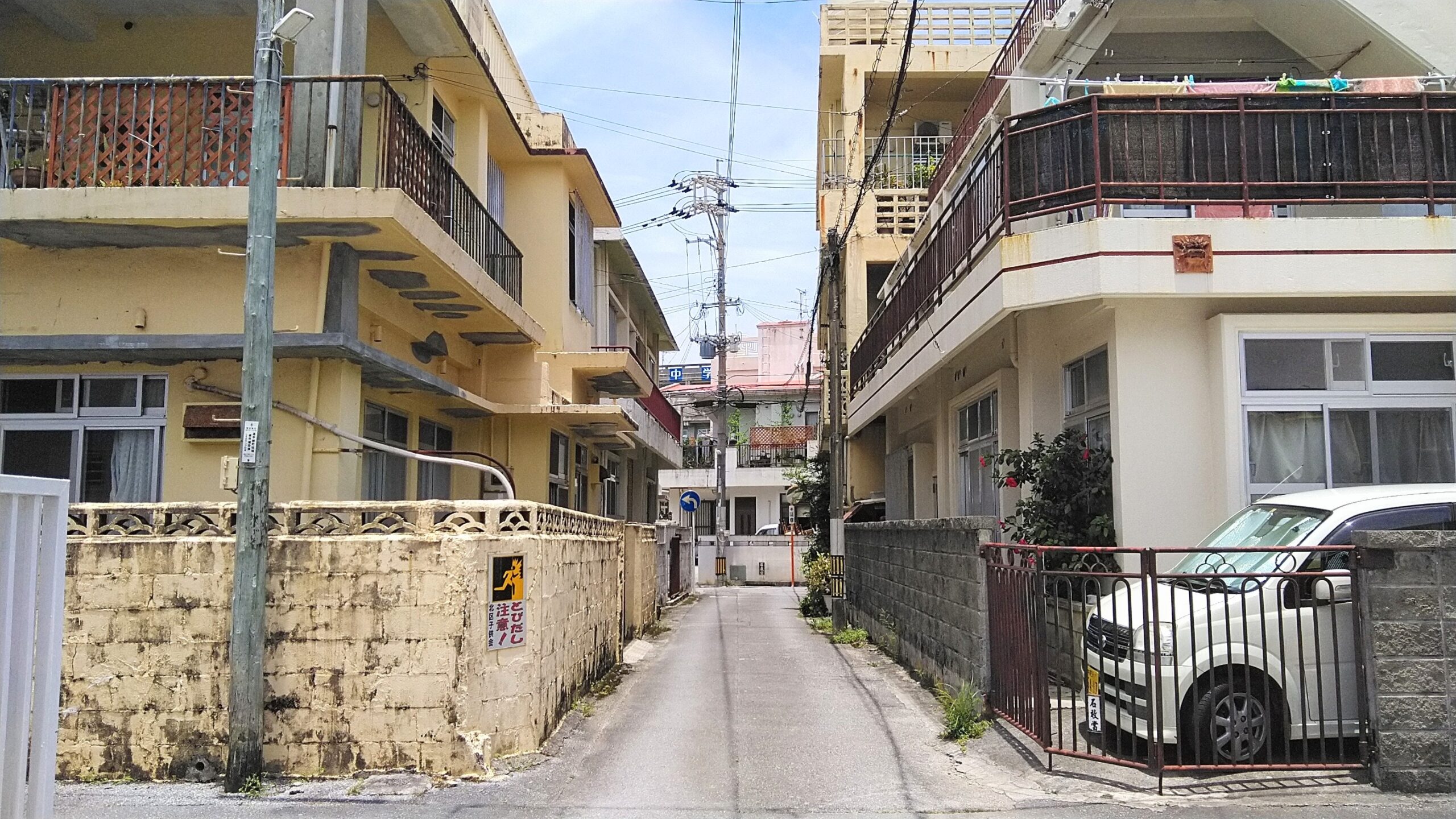
The back alley near "Nippon Soba Seiya".
As you can see, I personally love it.
Is it because you can feel the warmth of life while being quiet?
See you next time.
